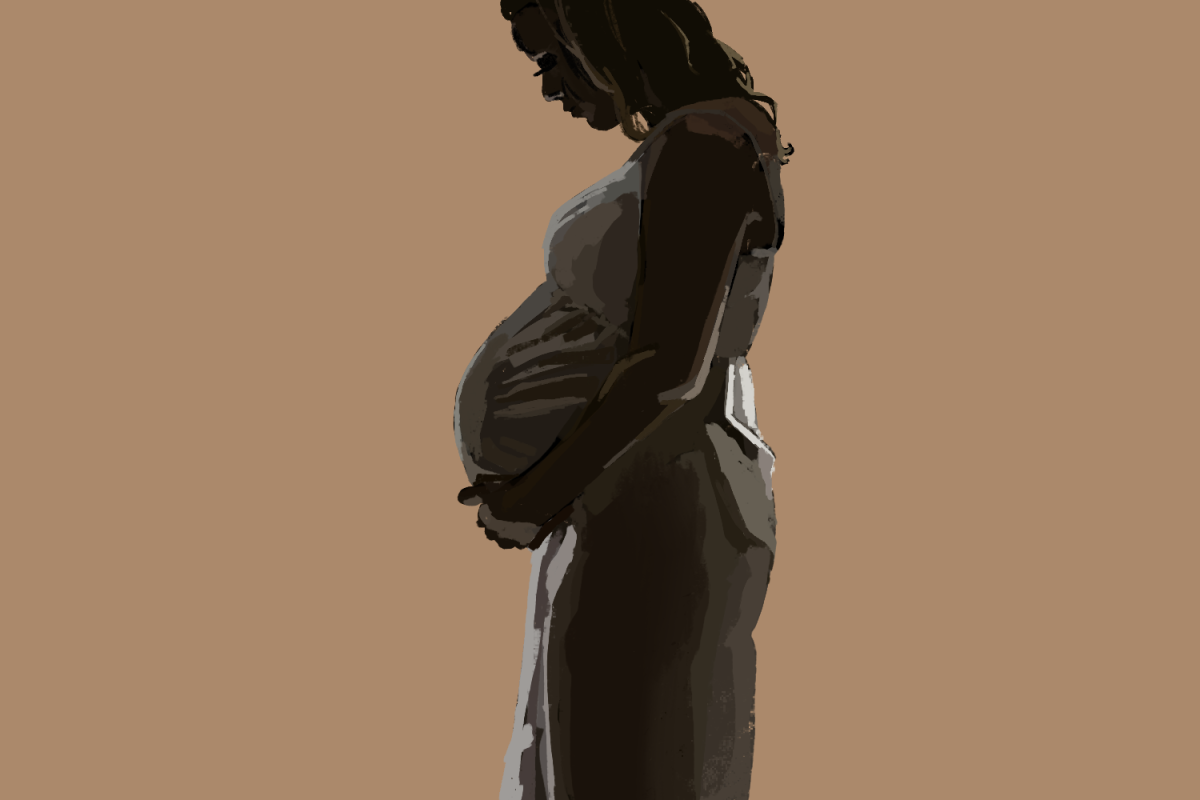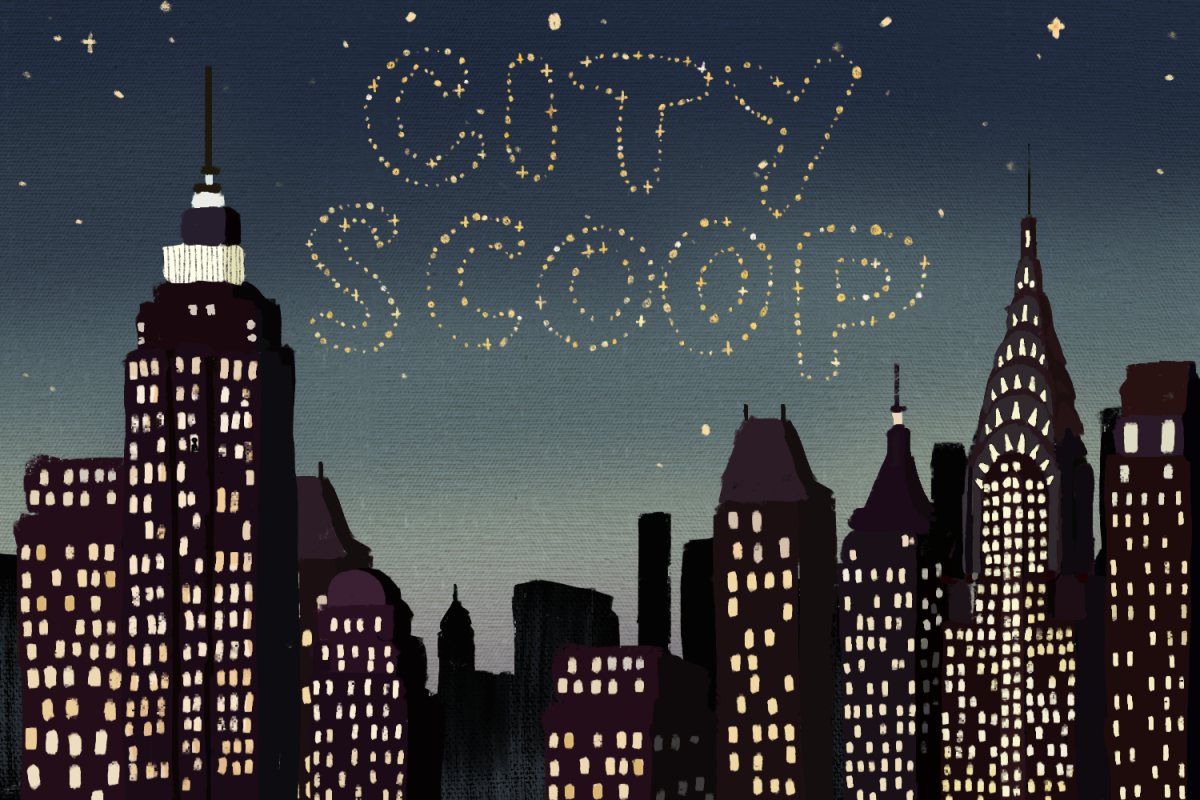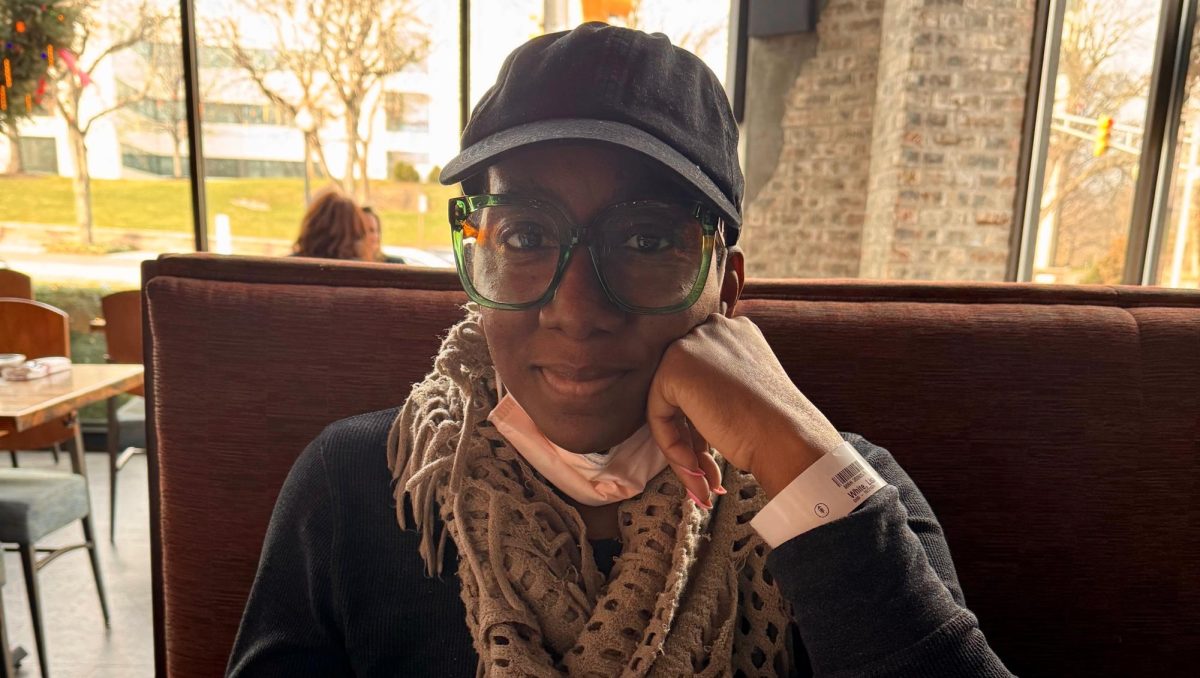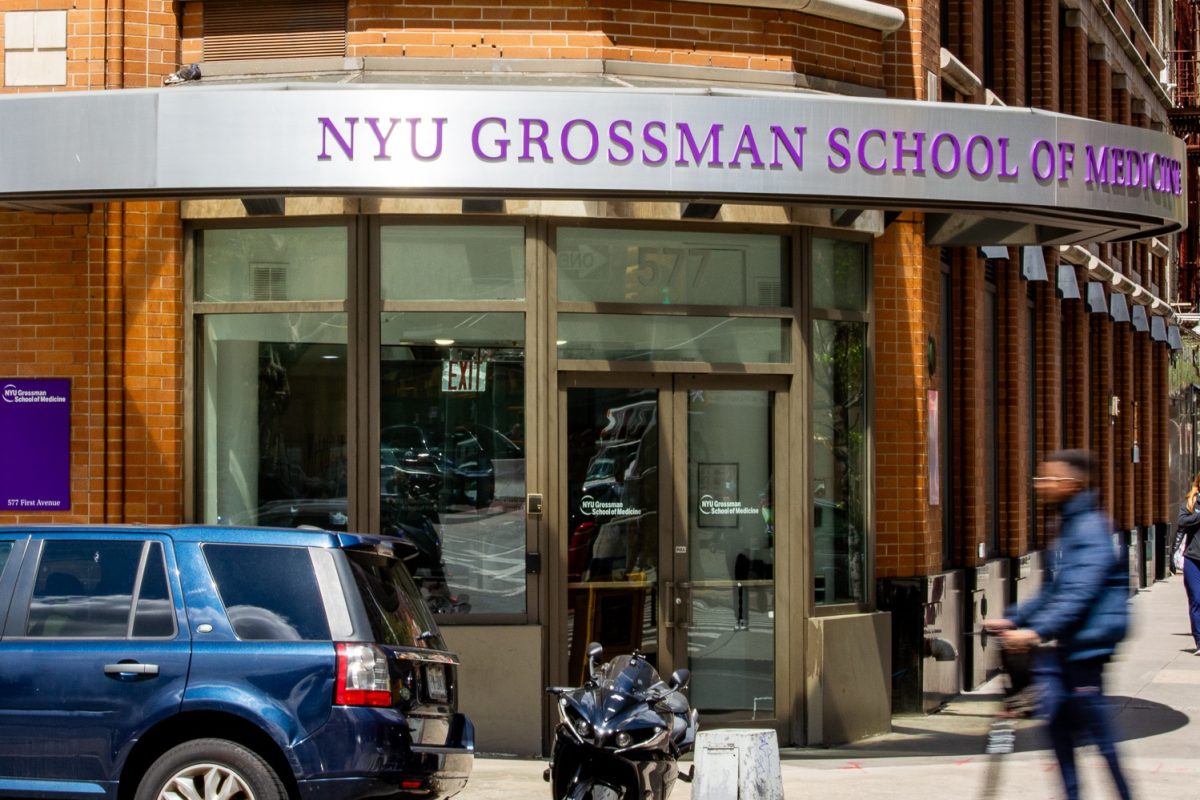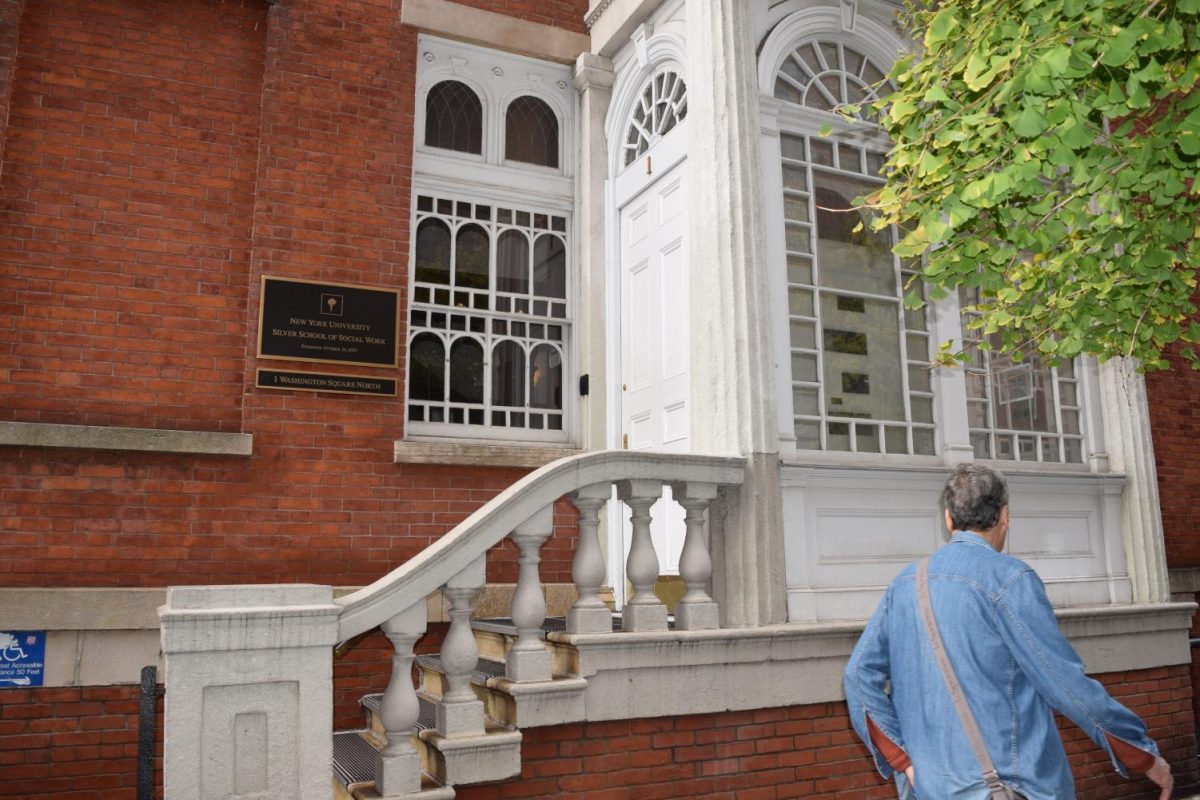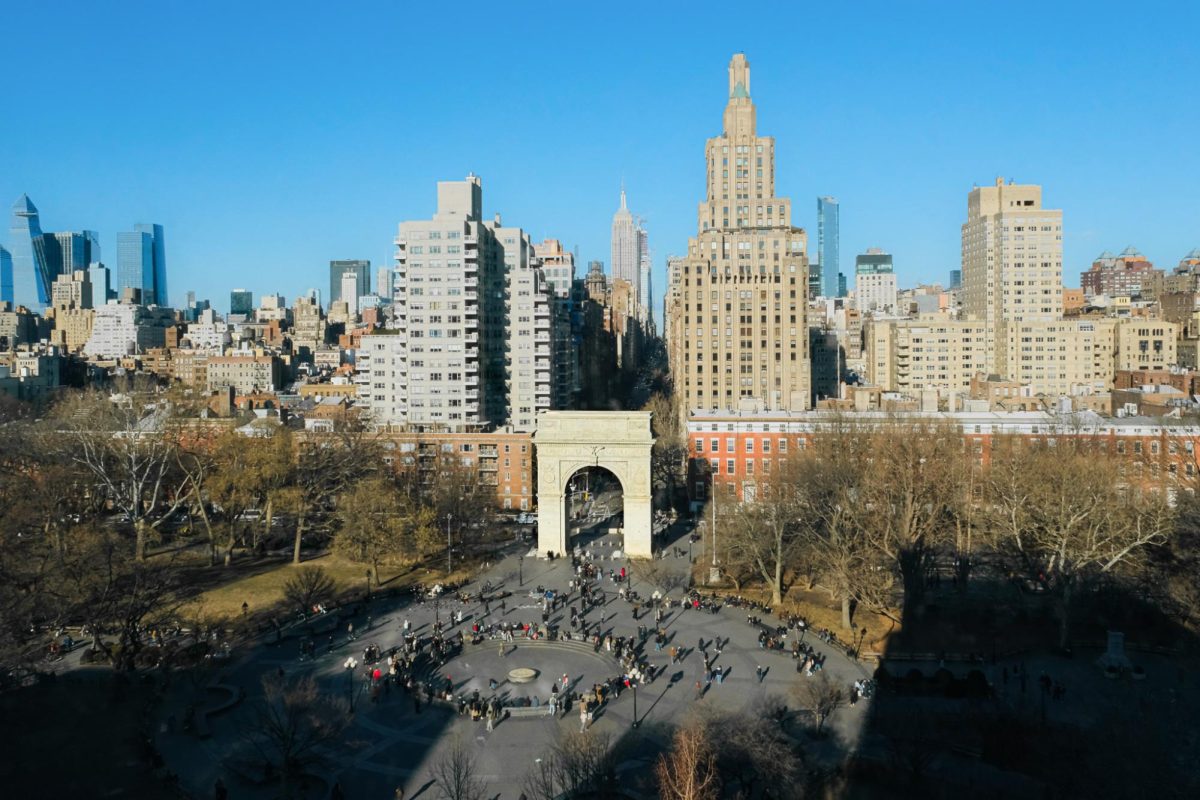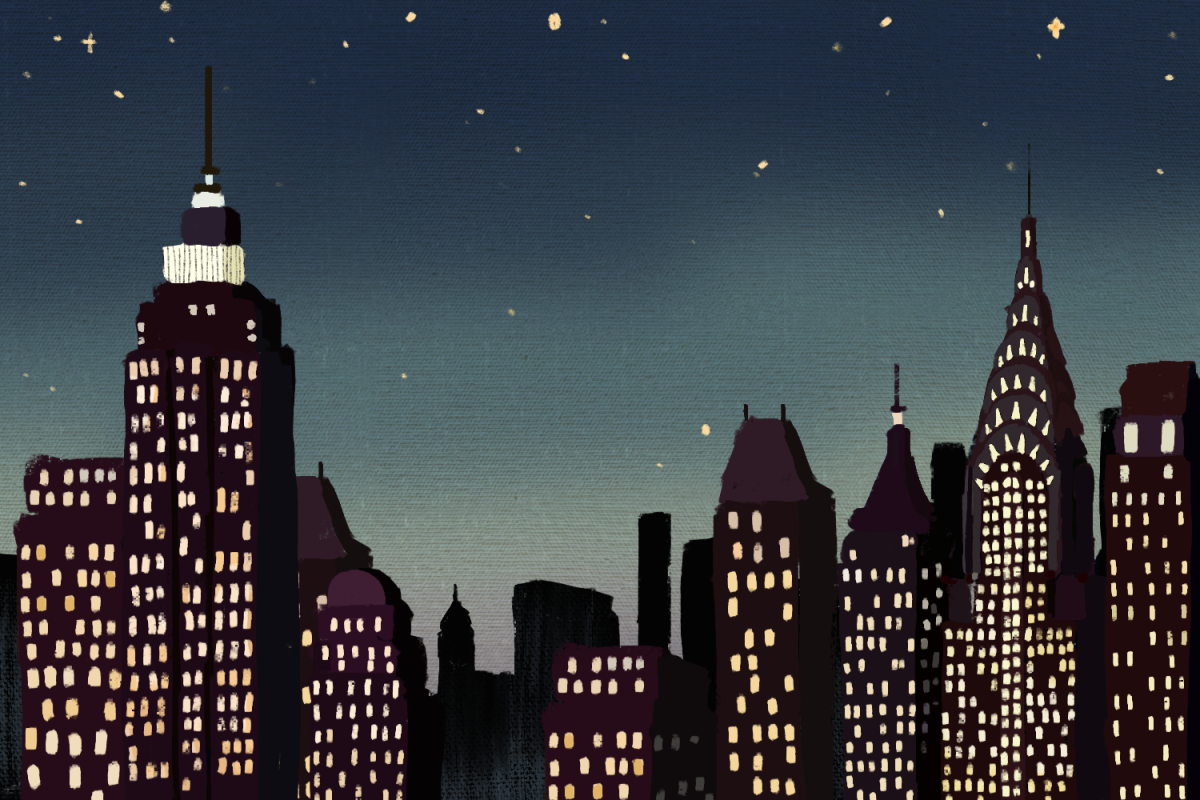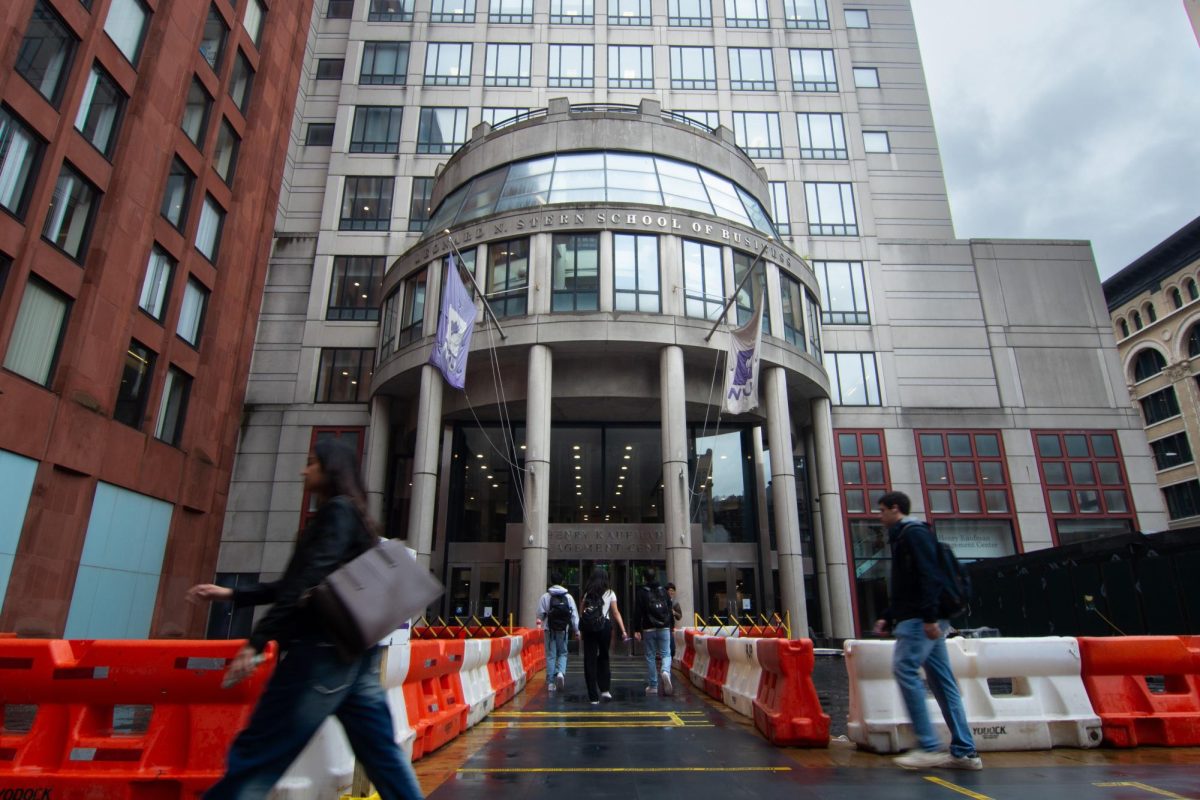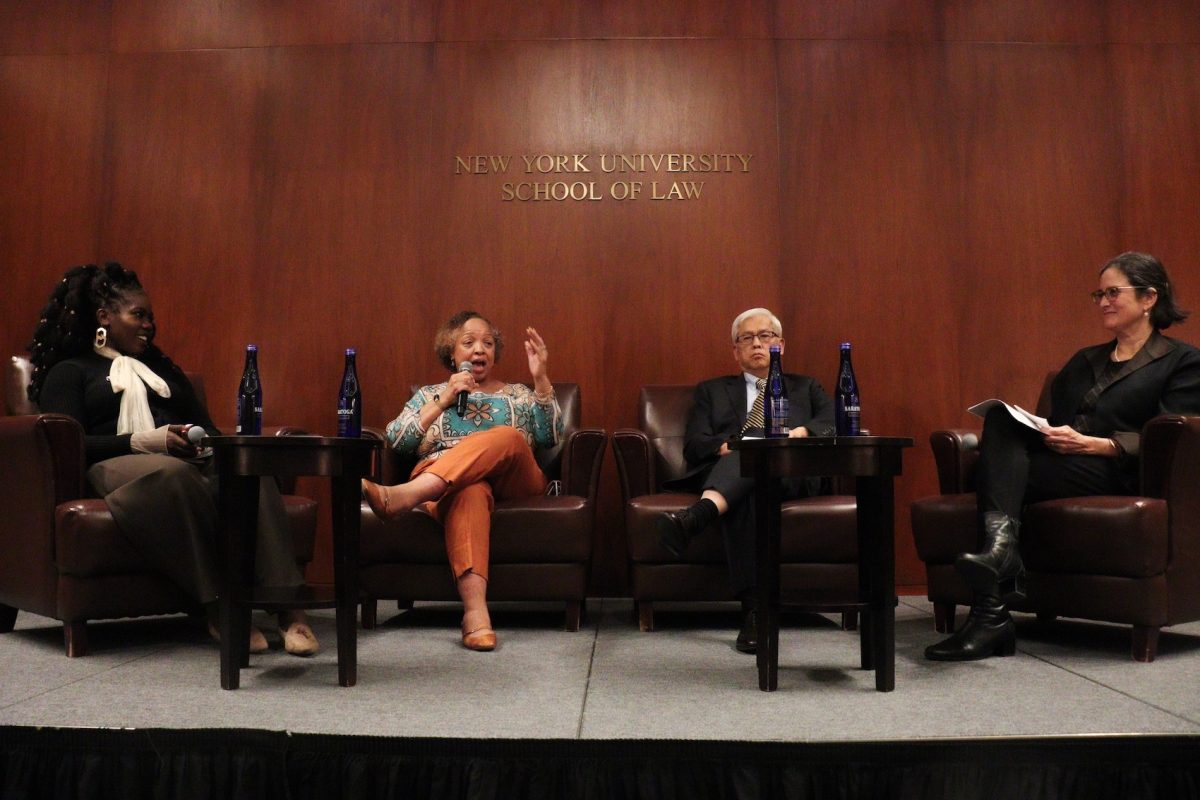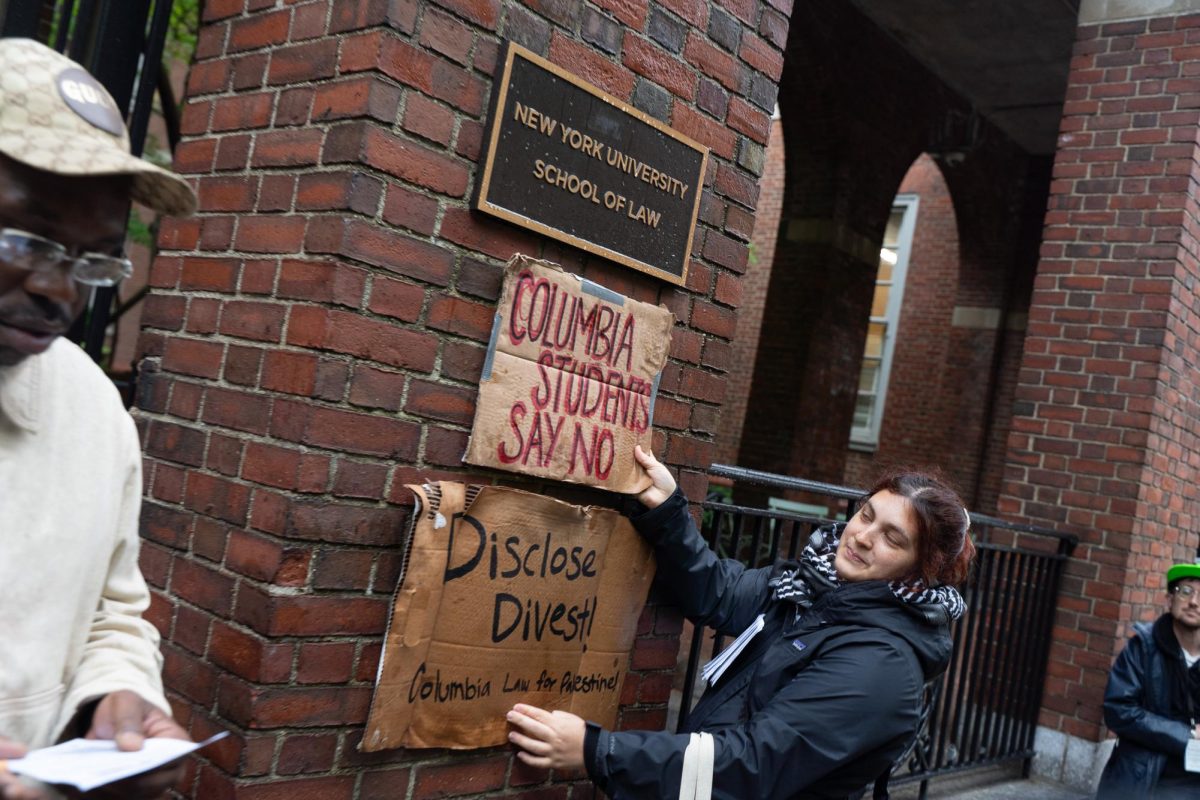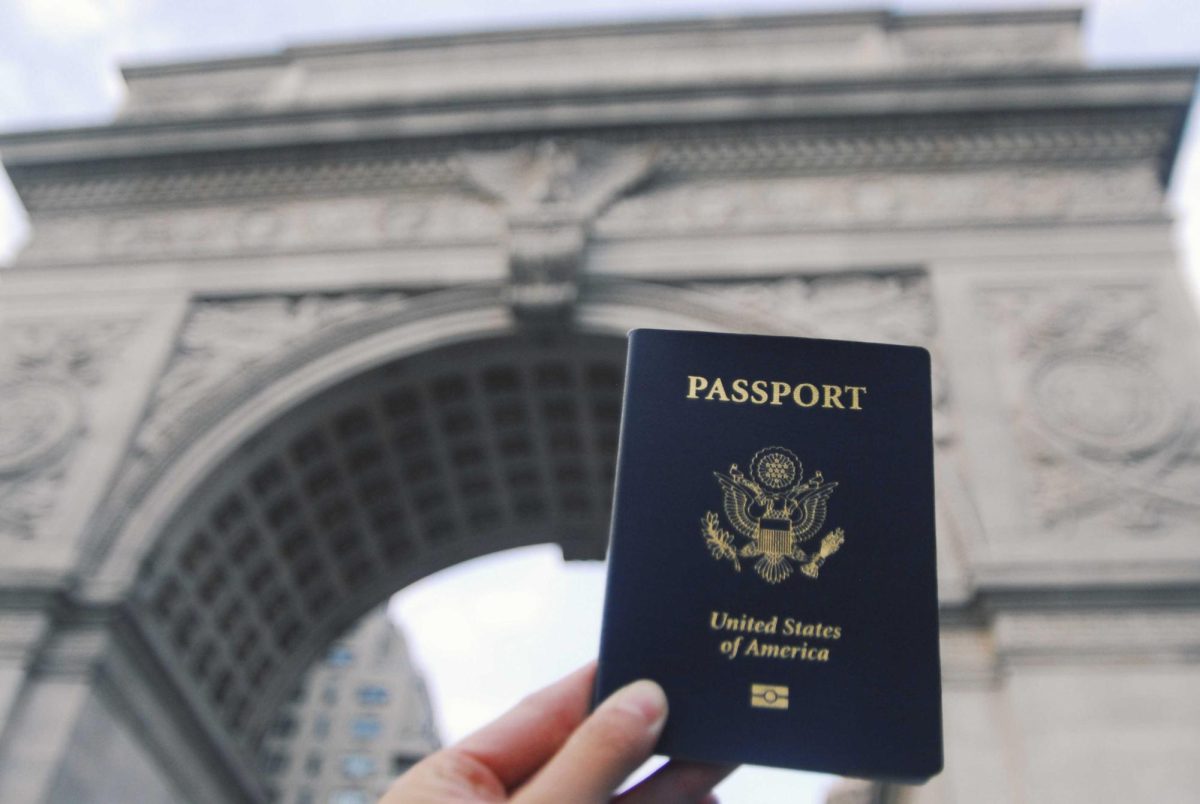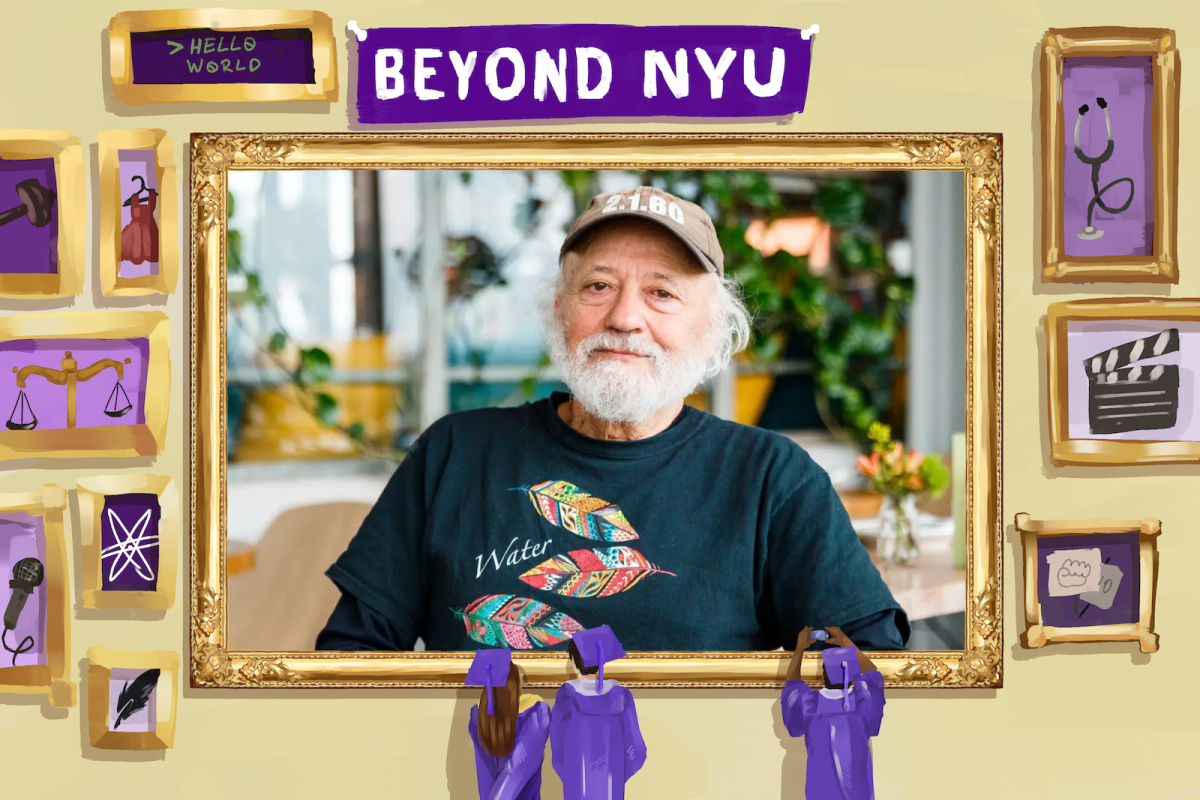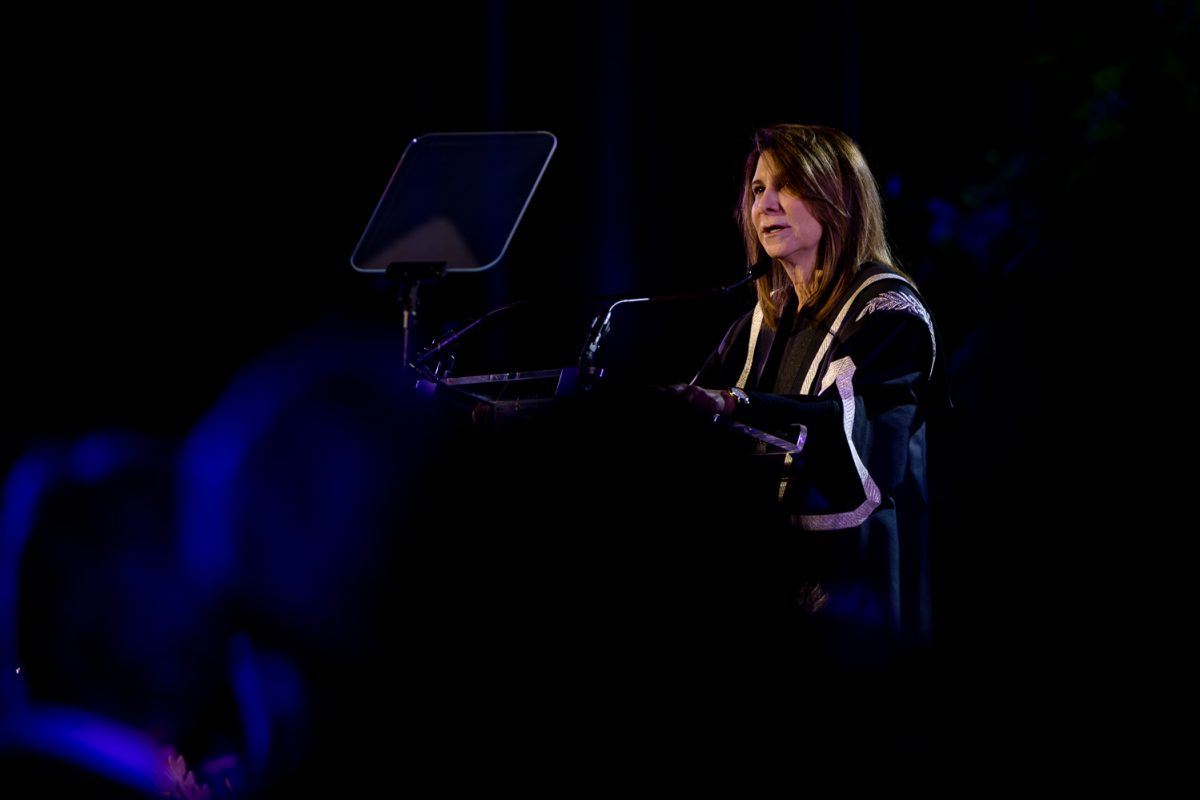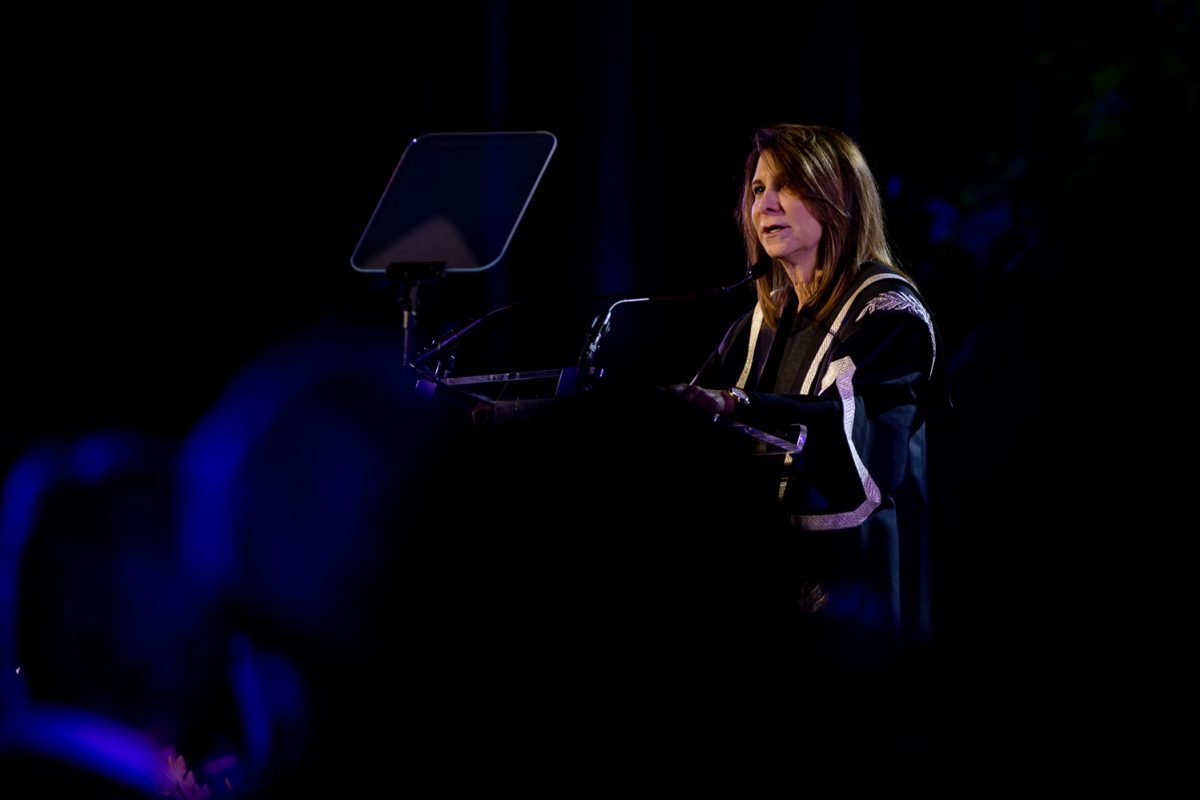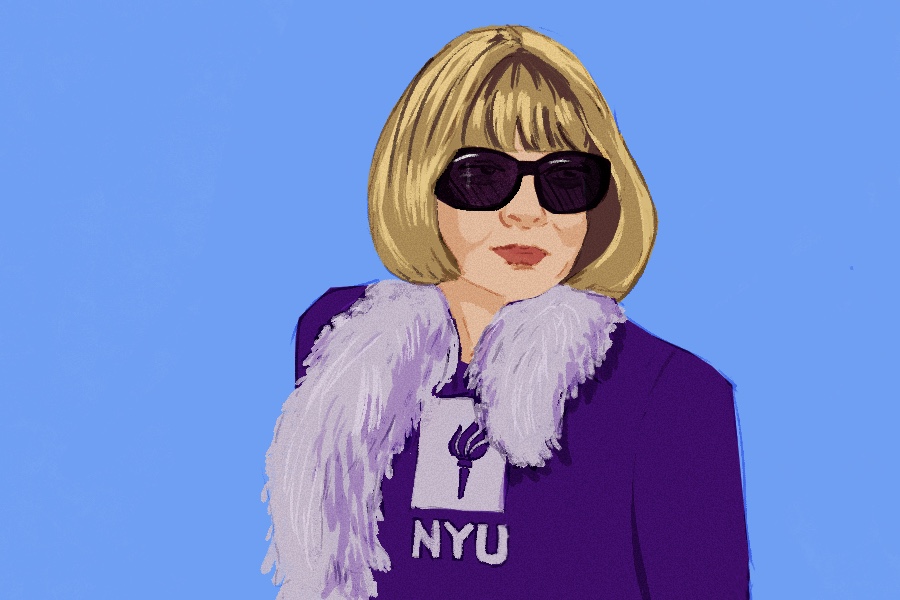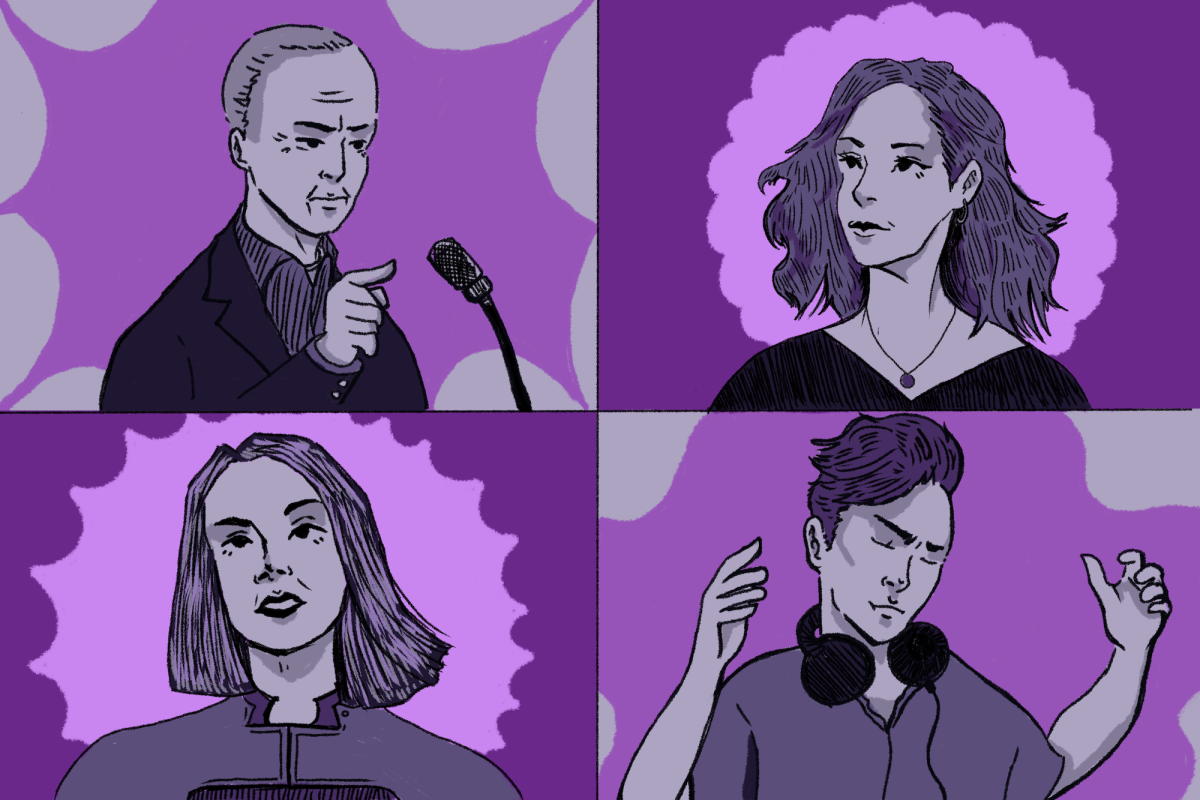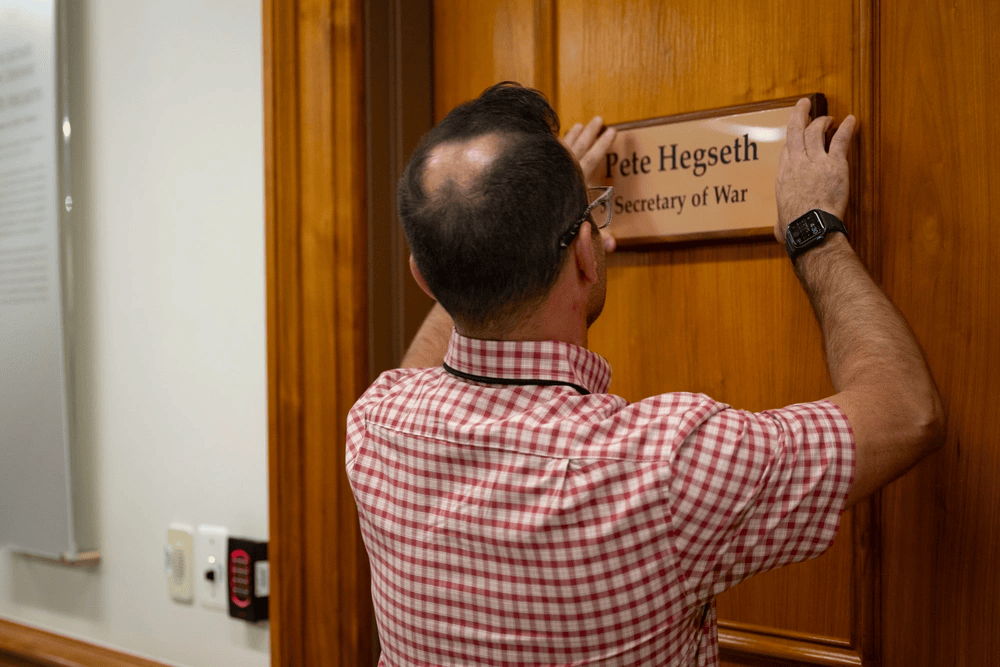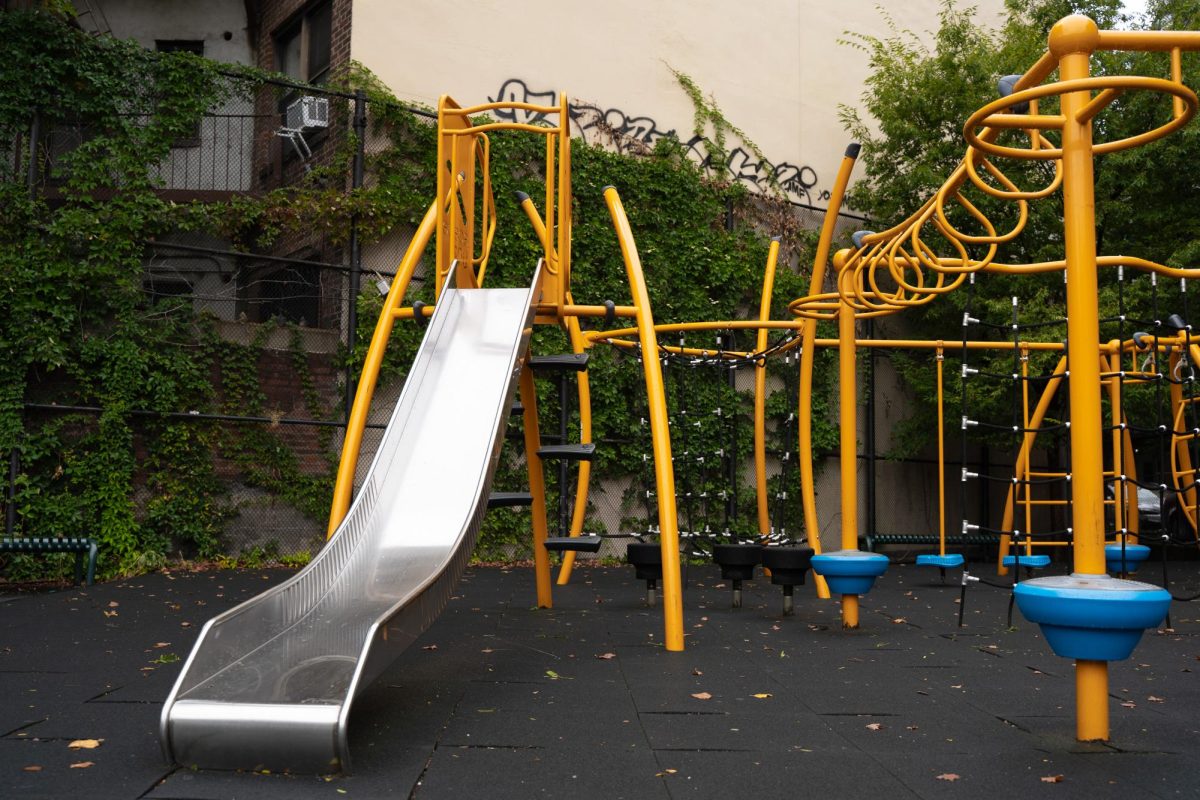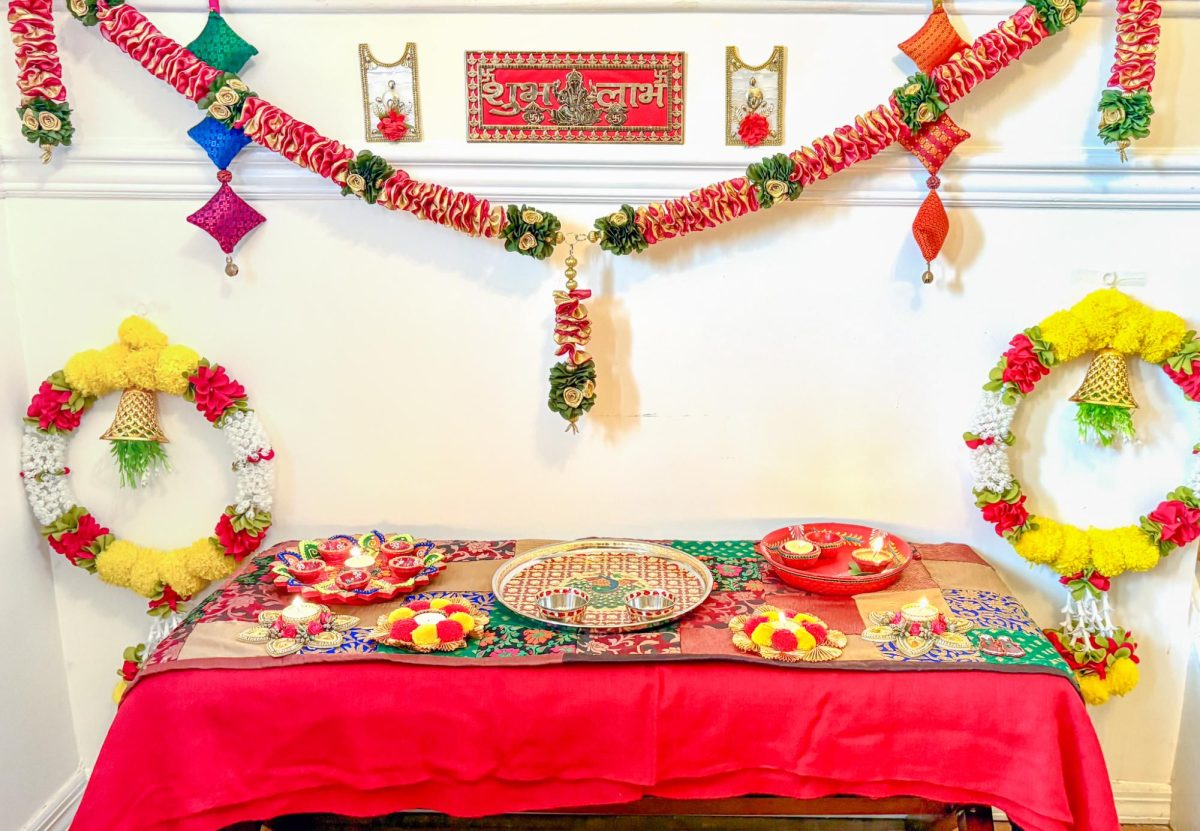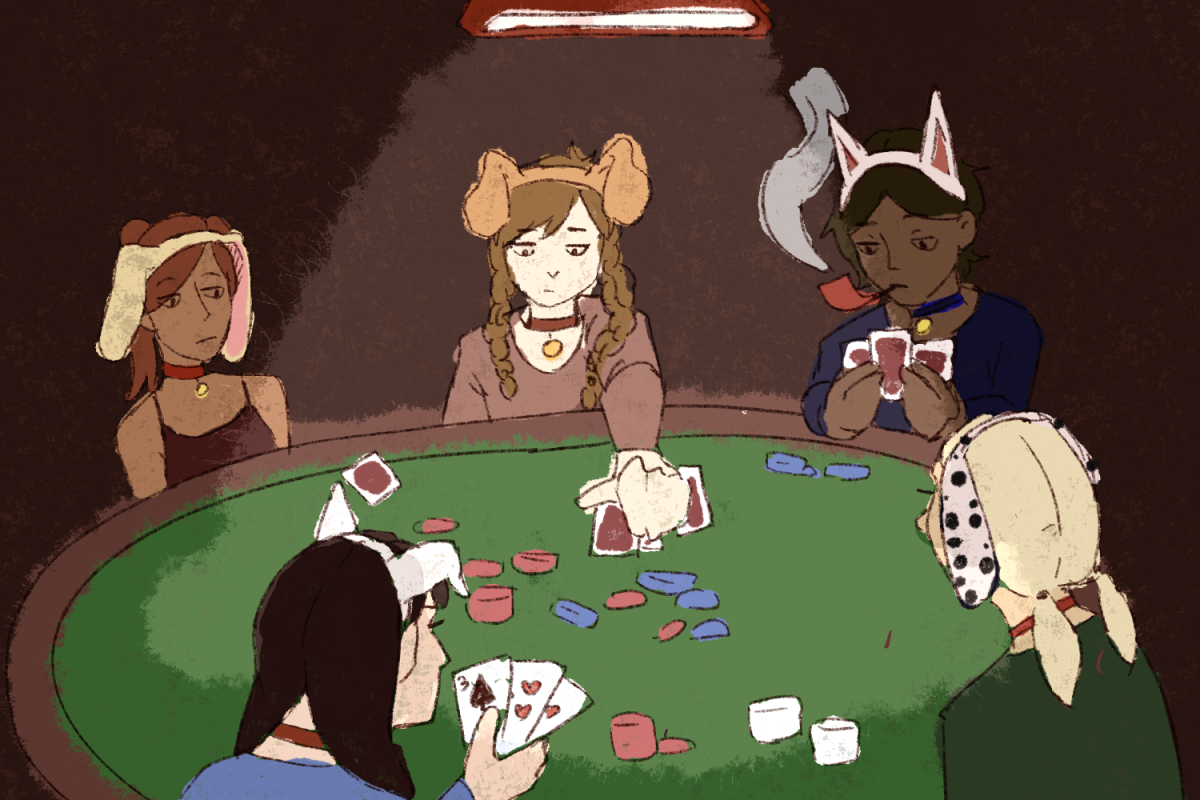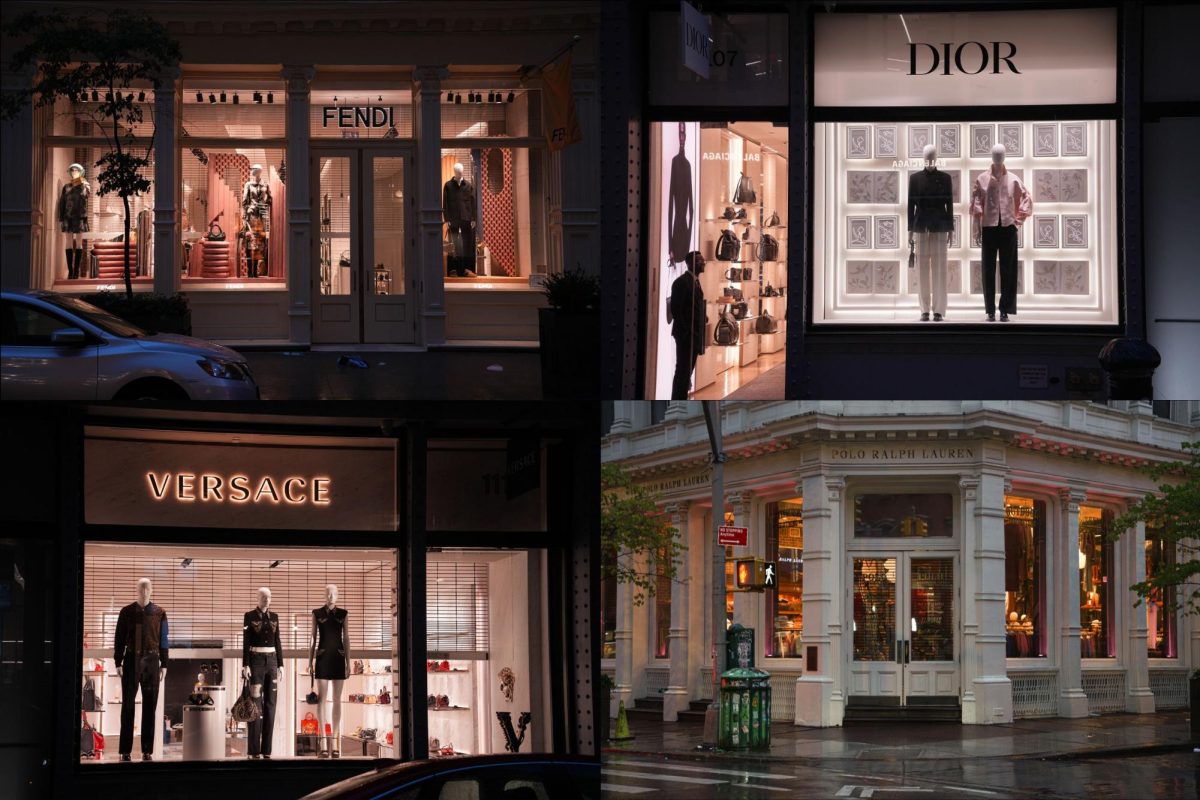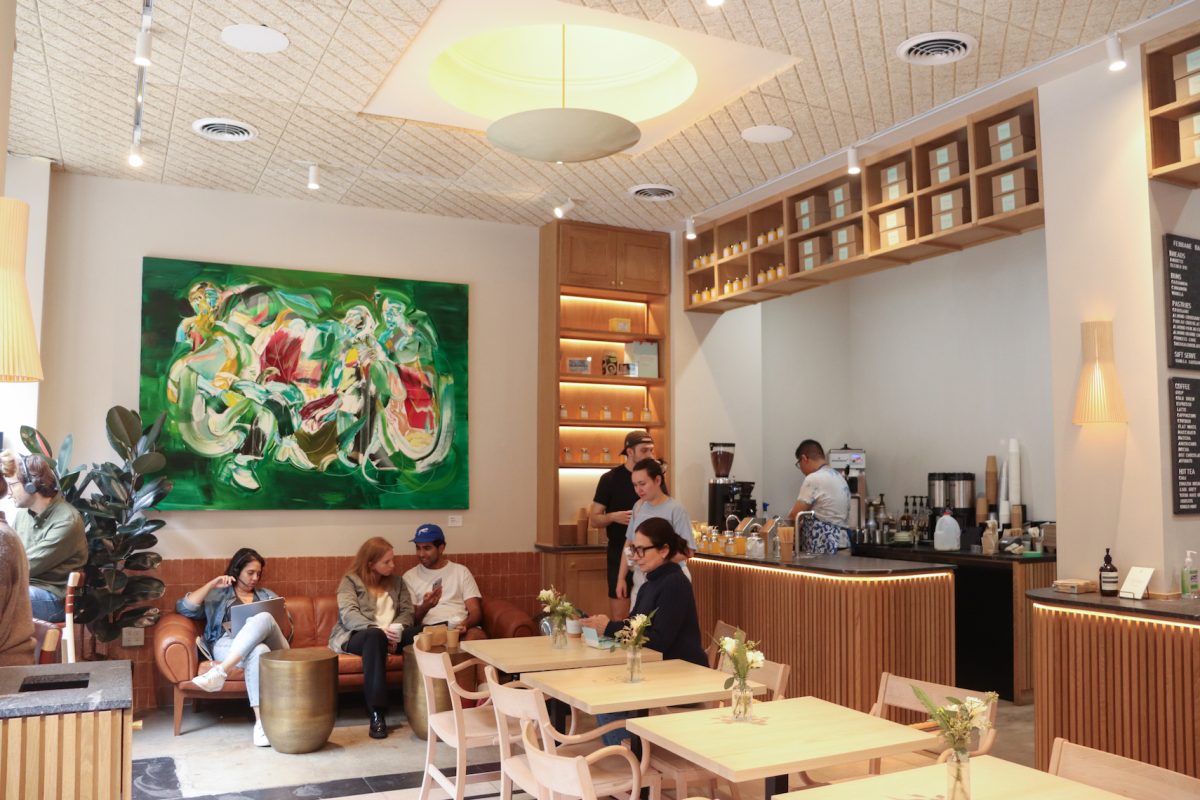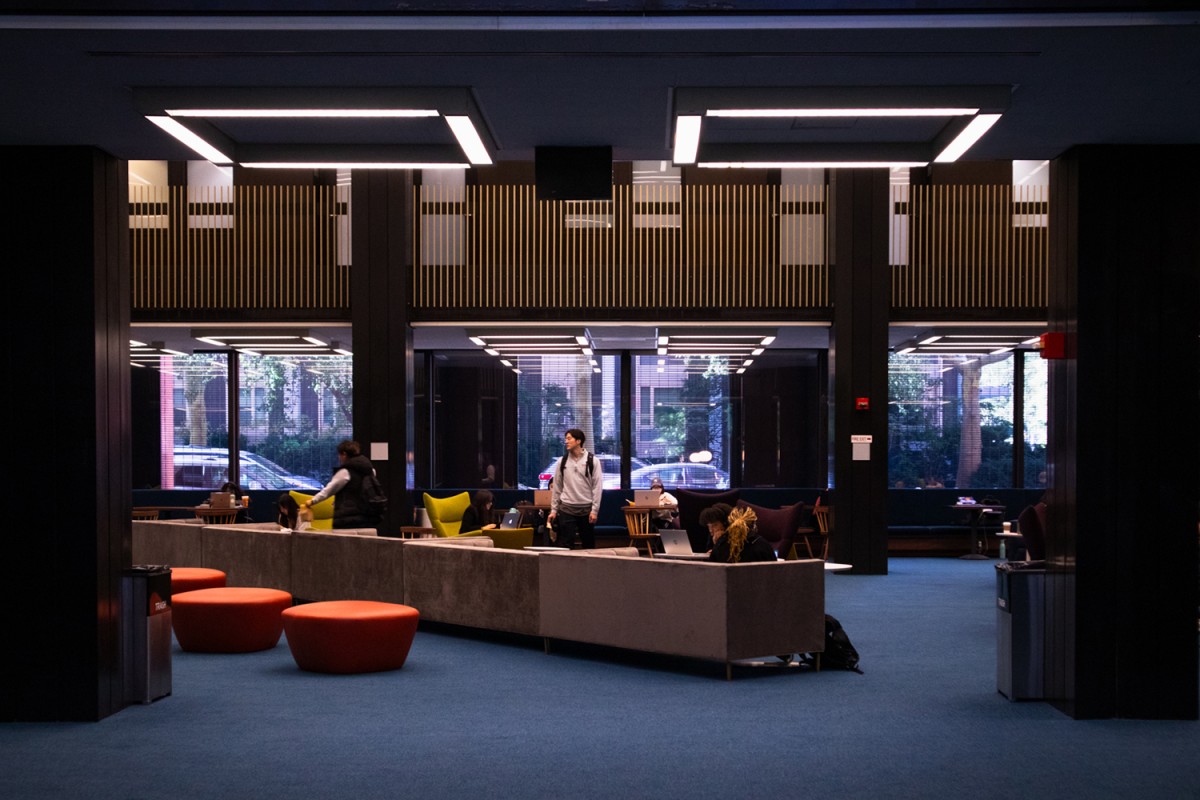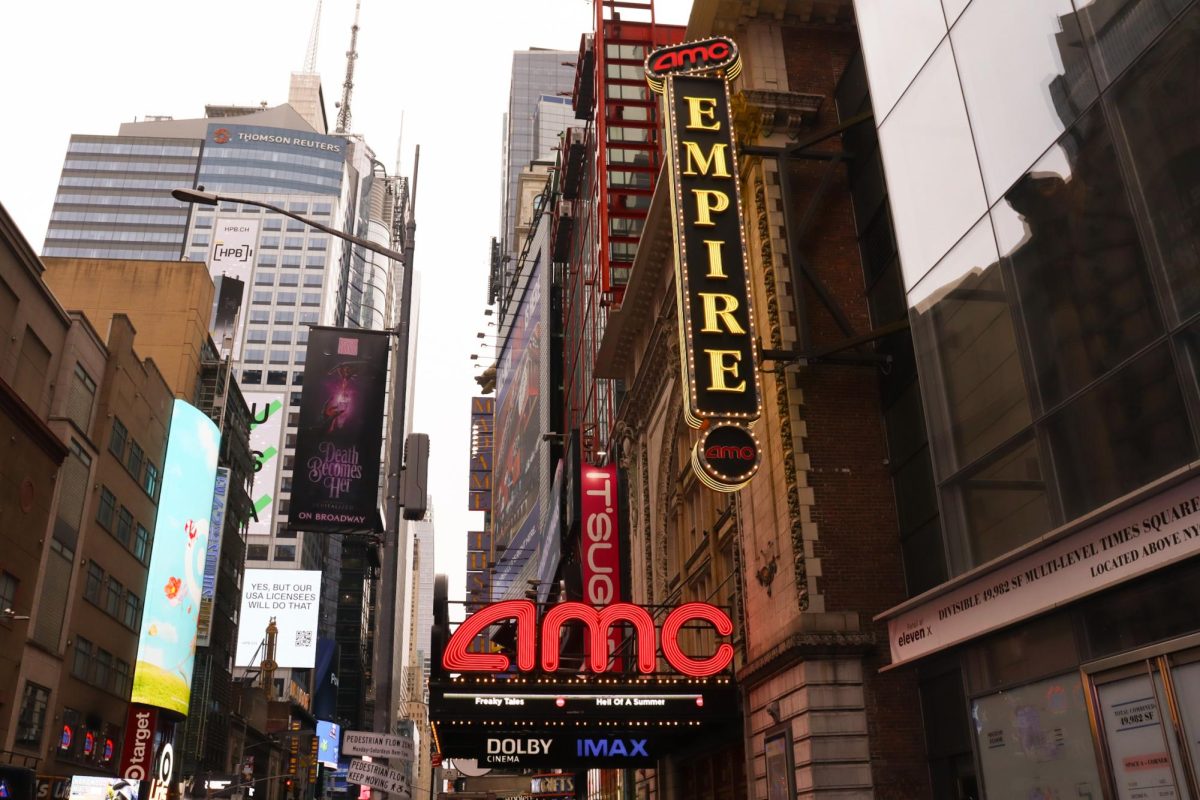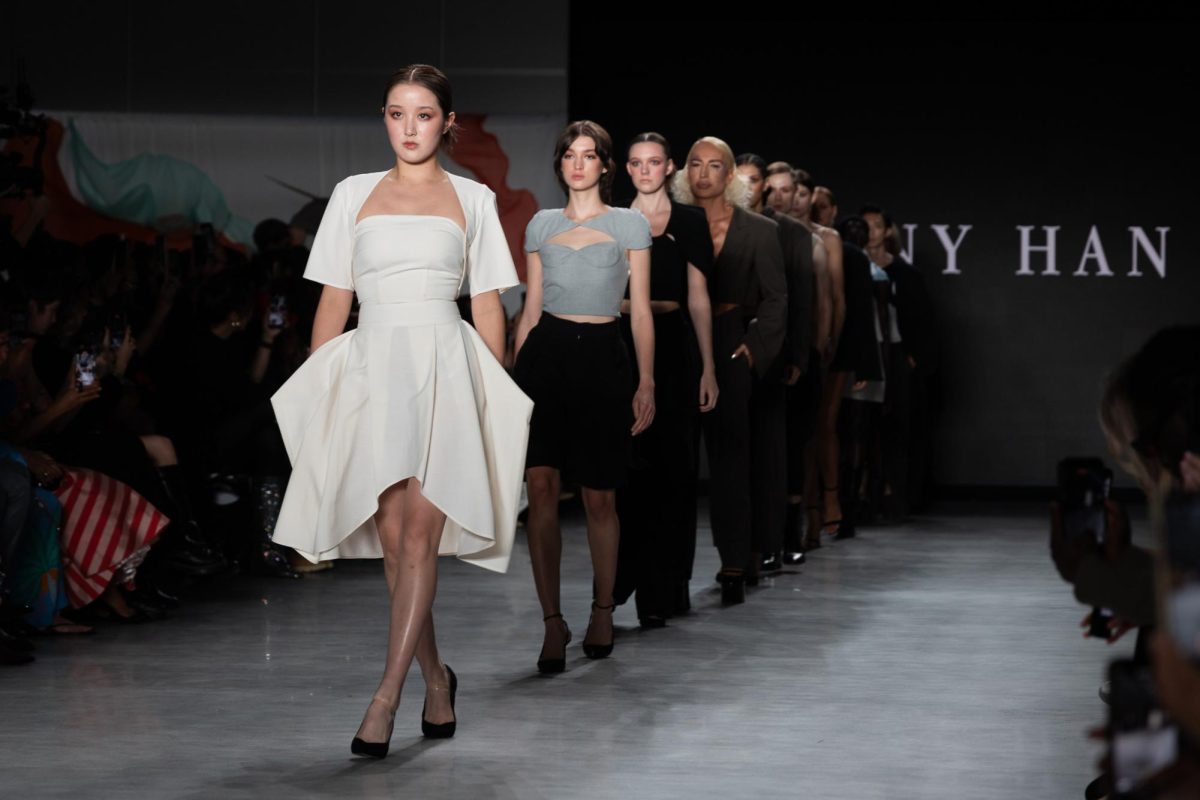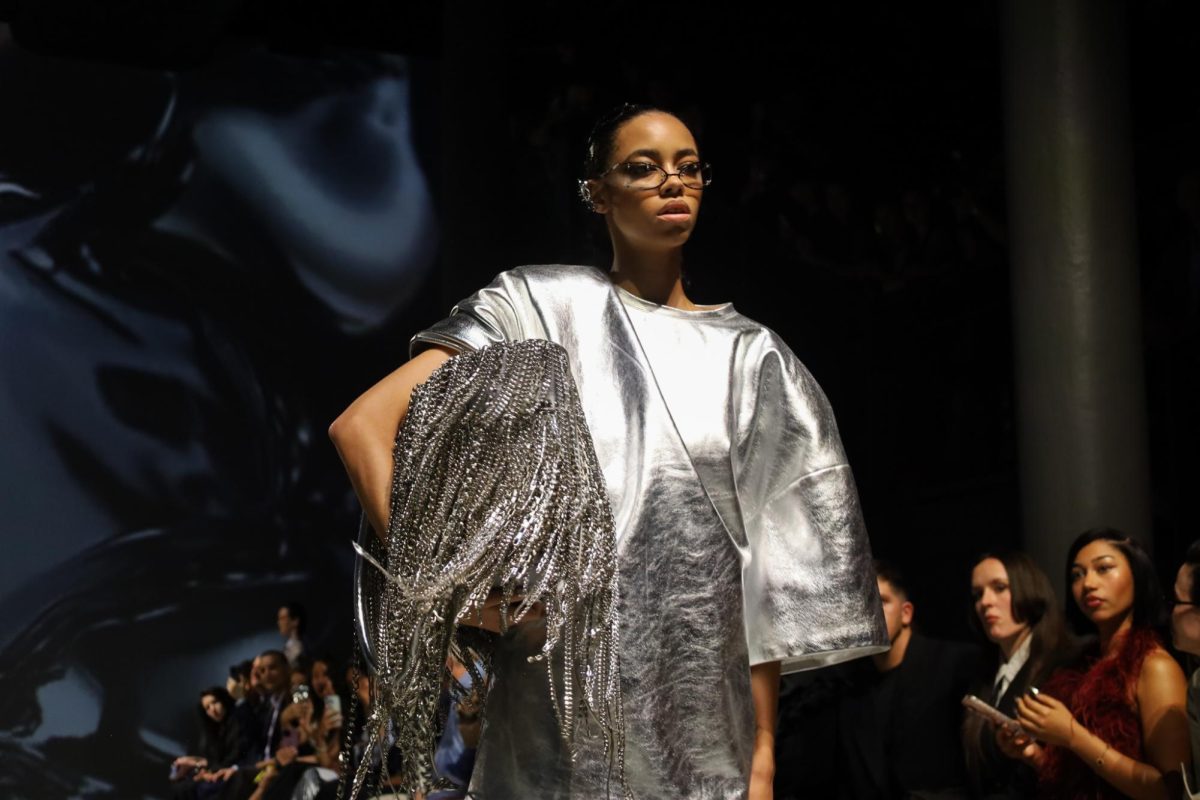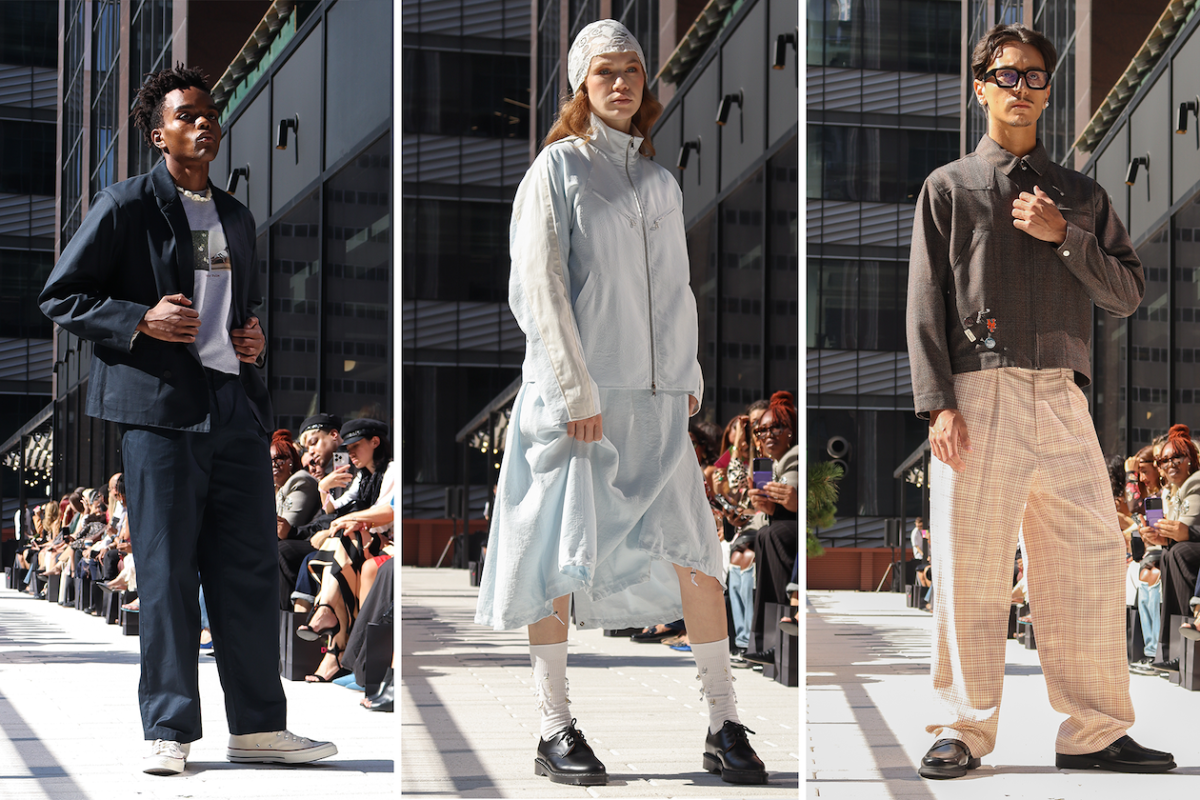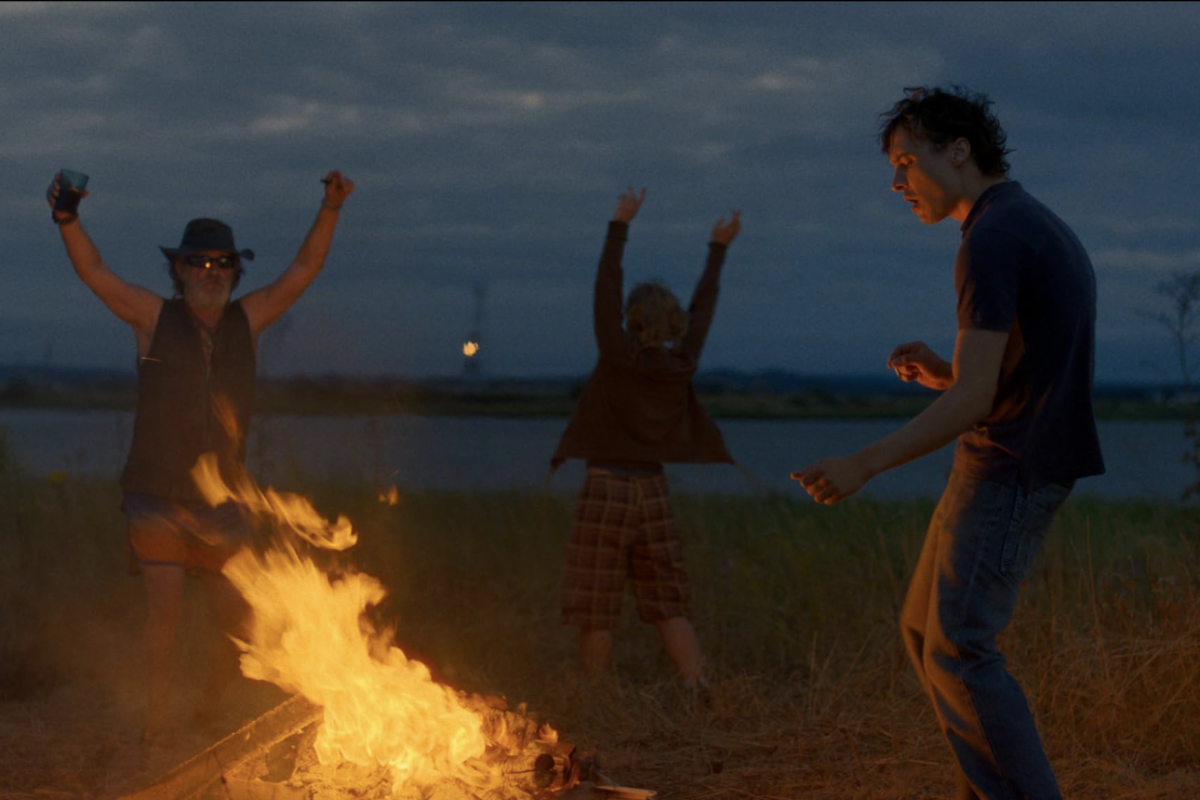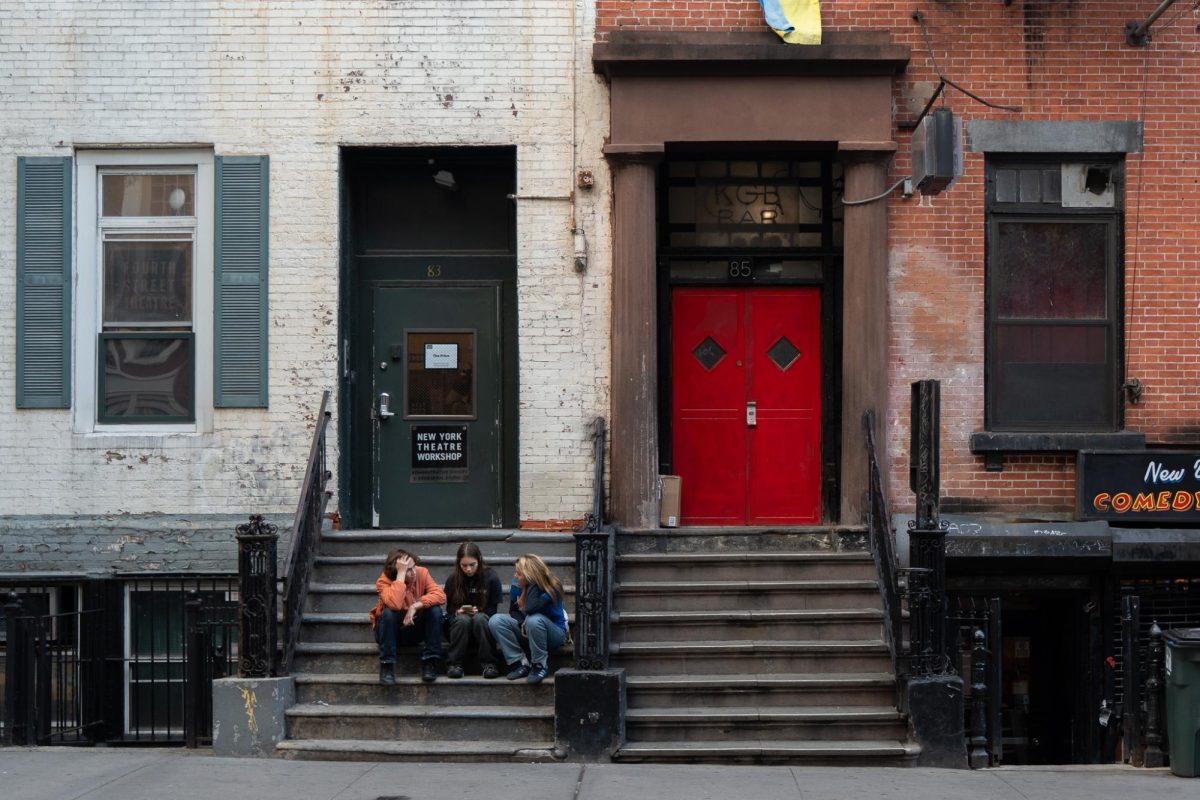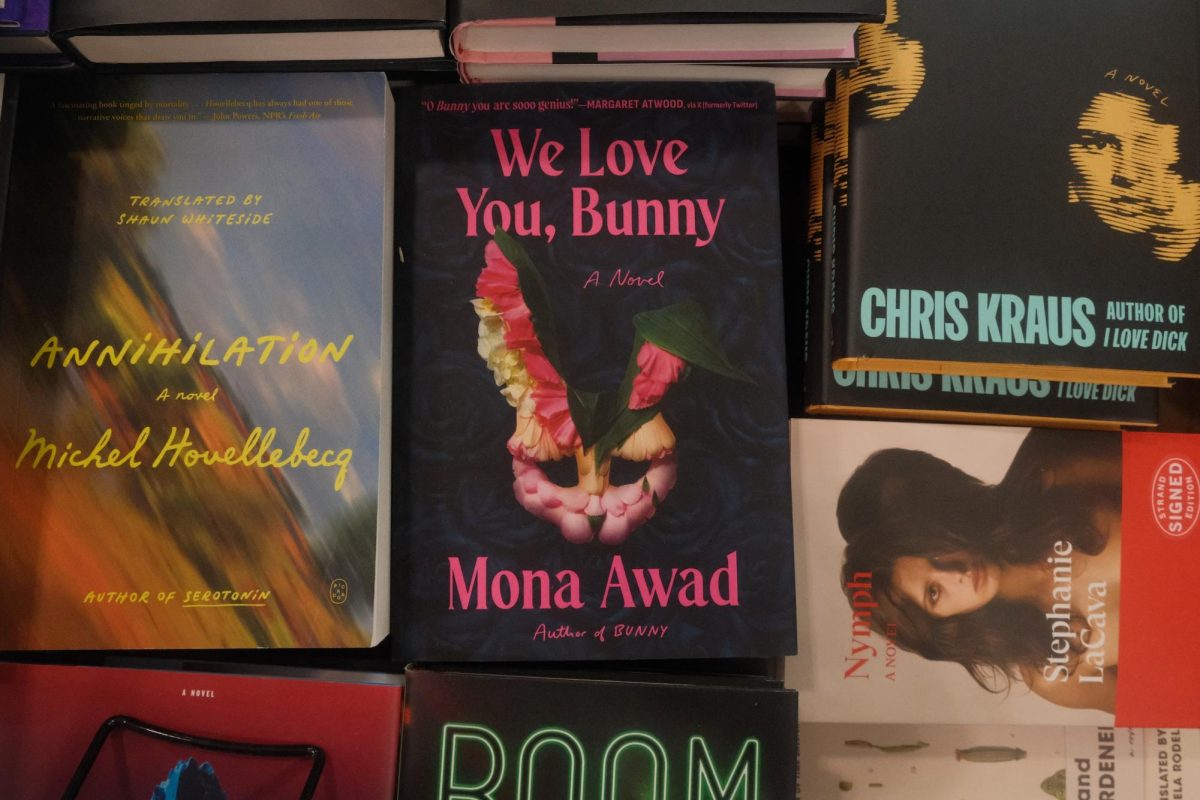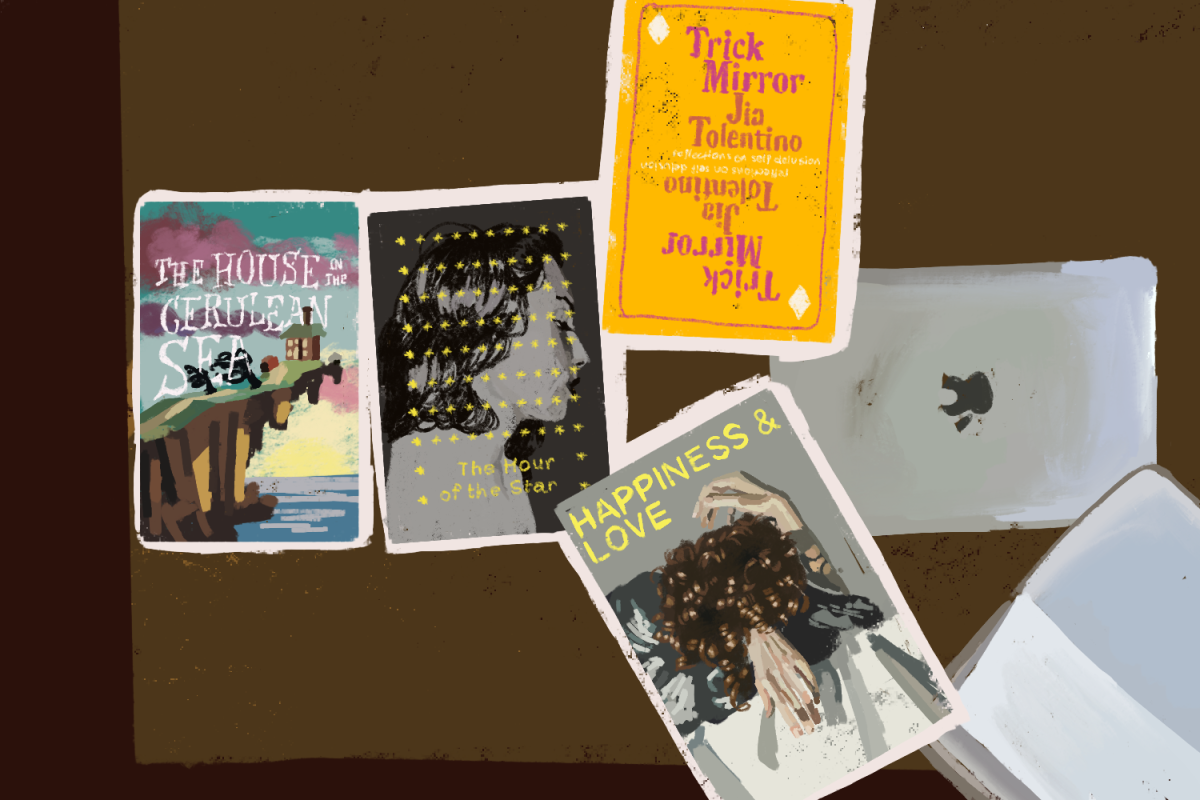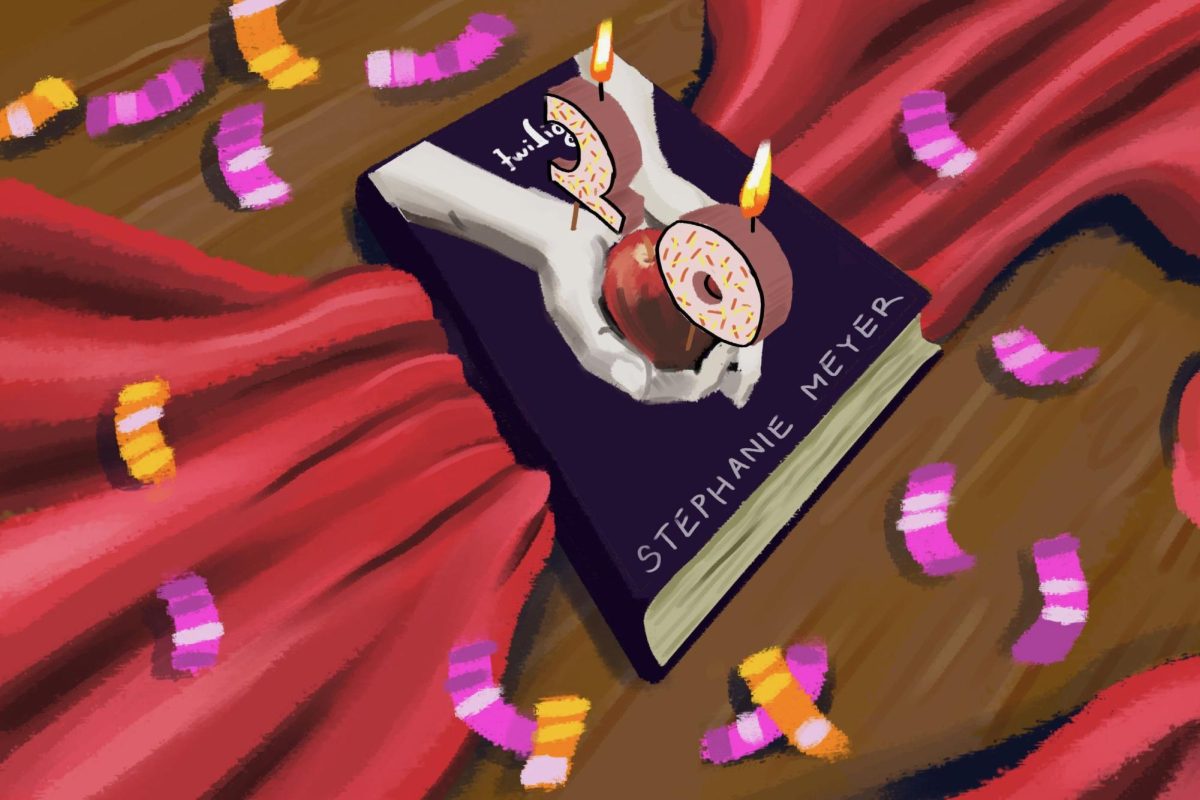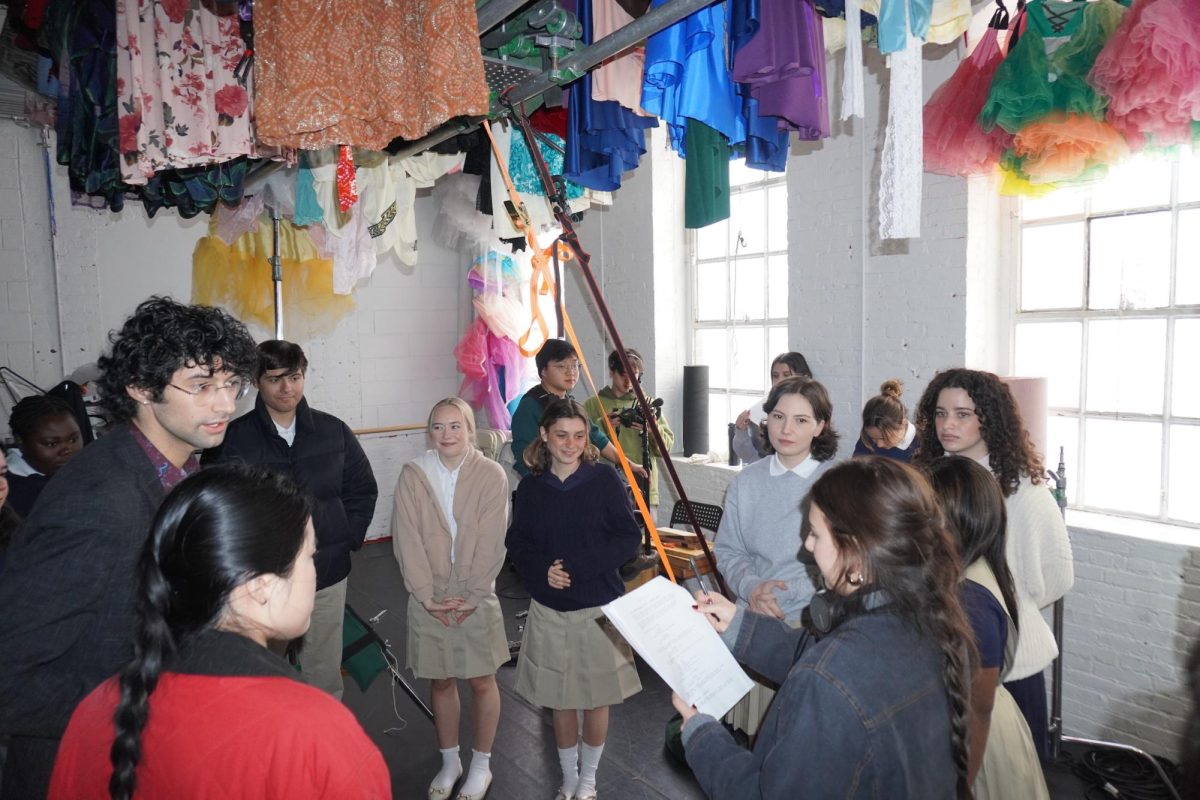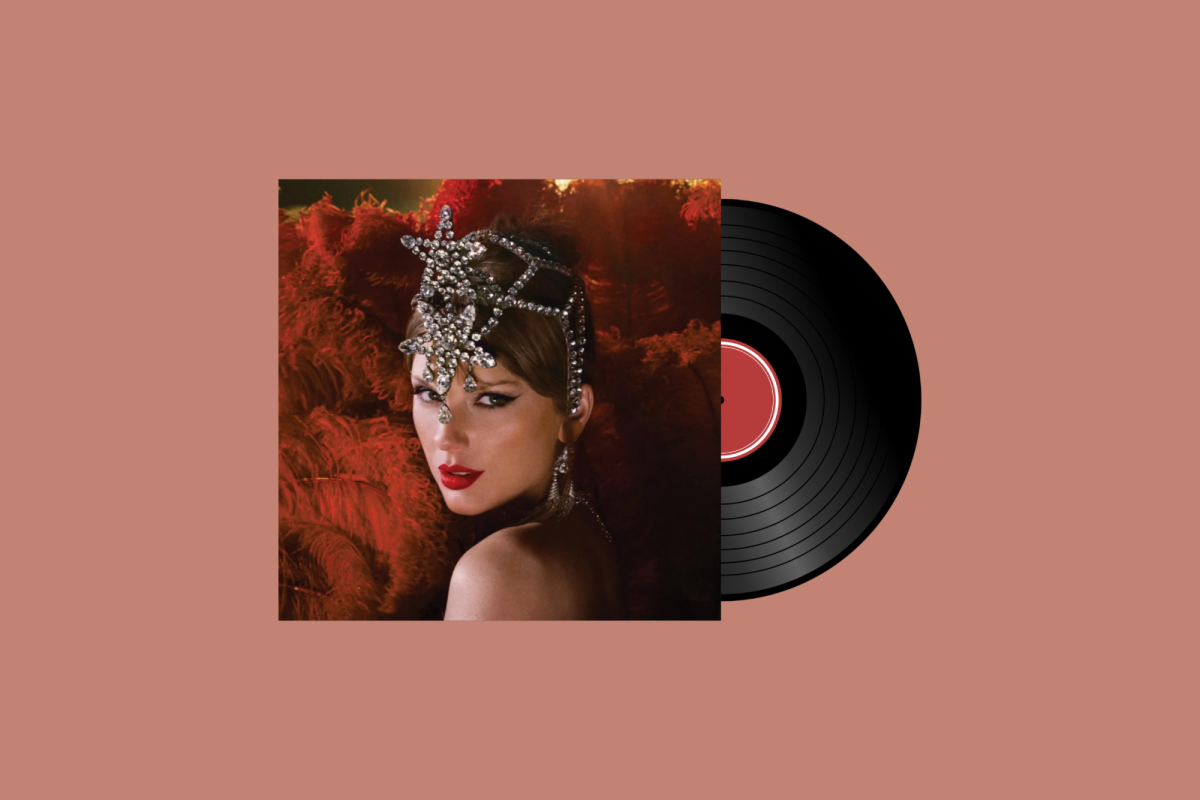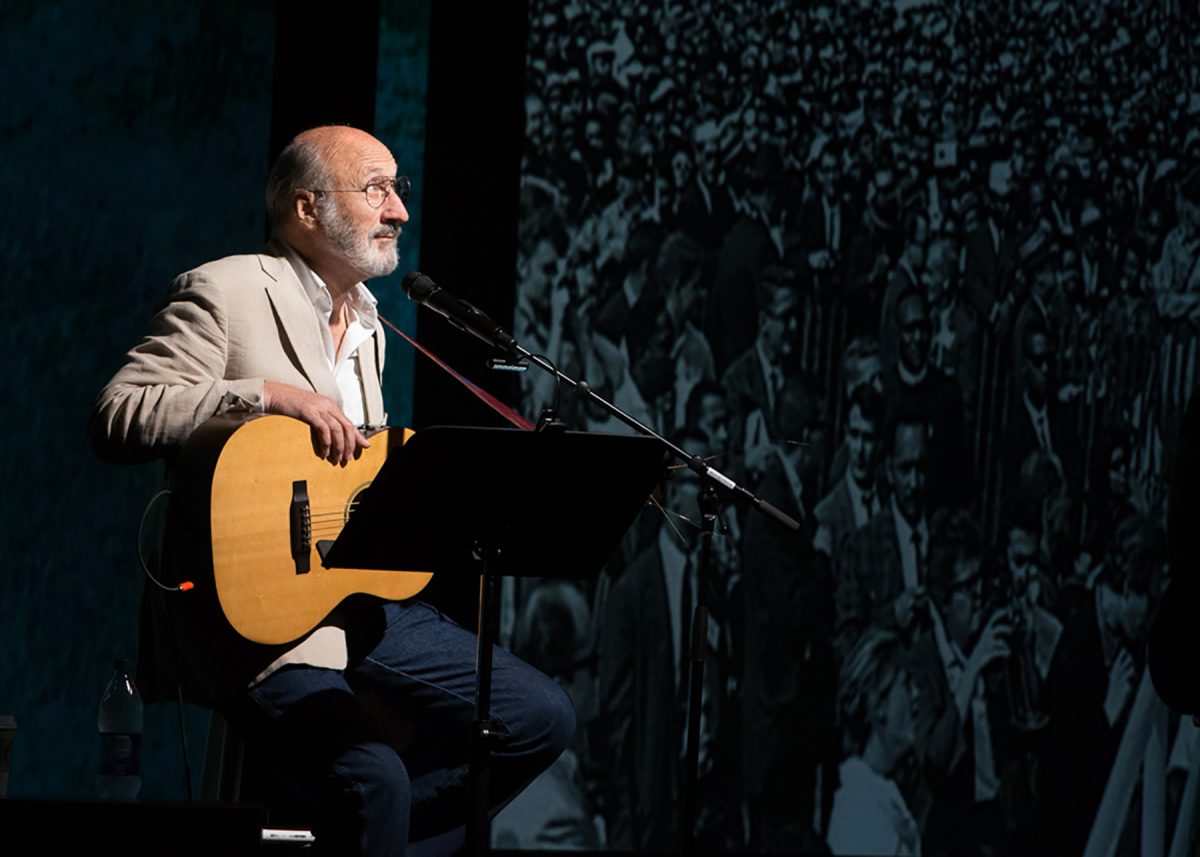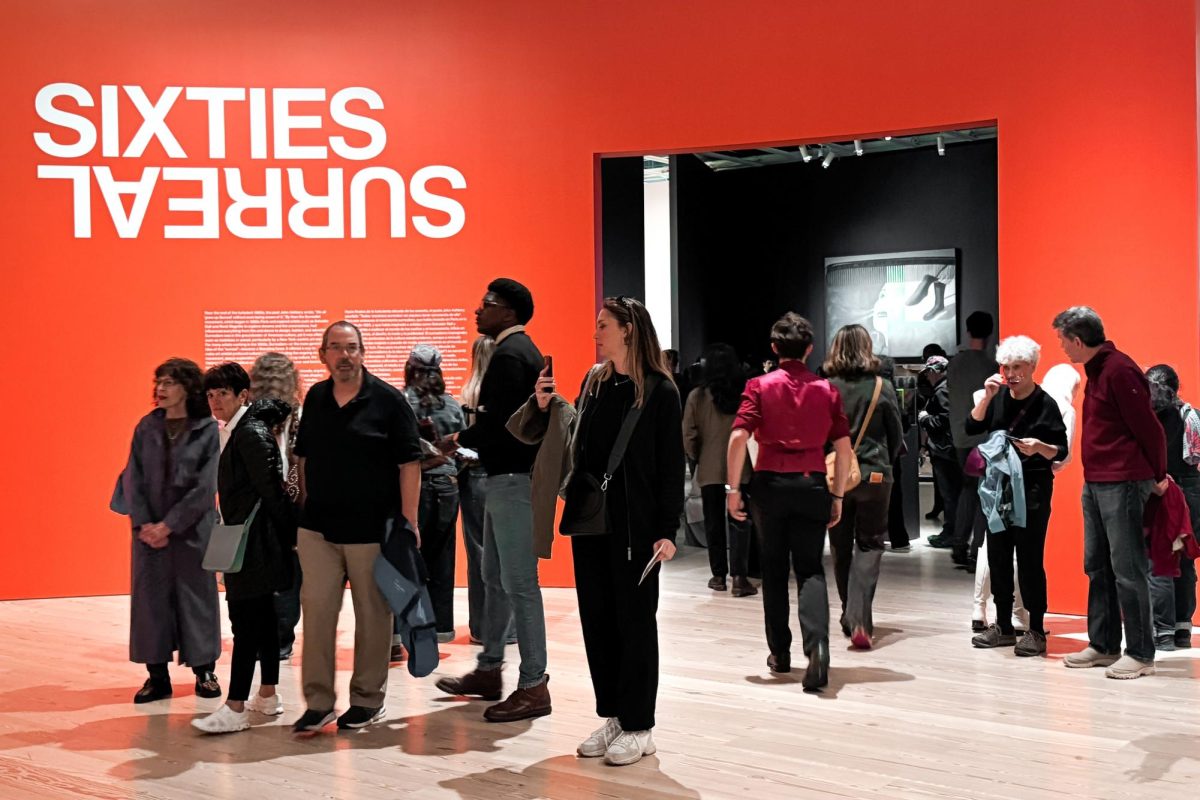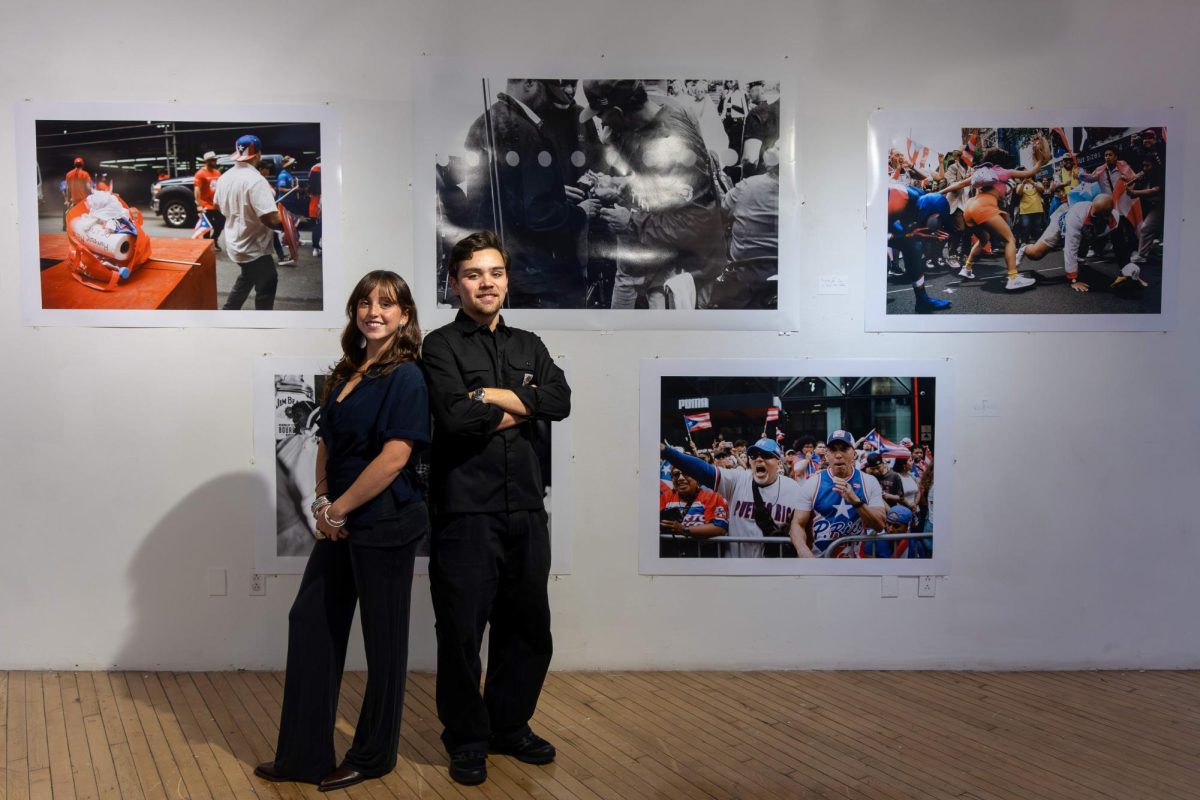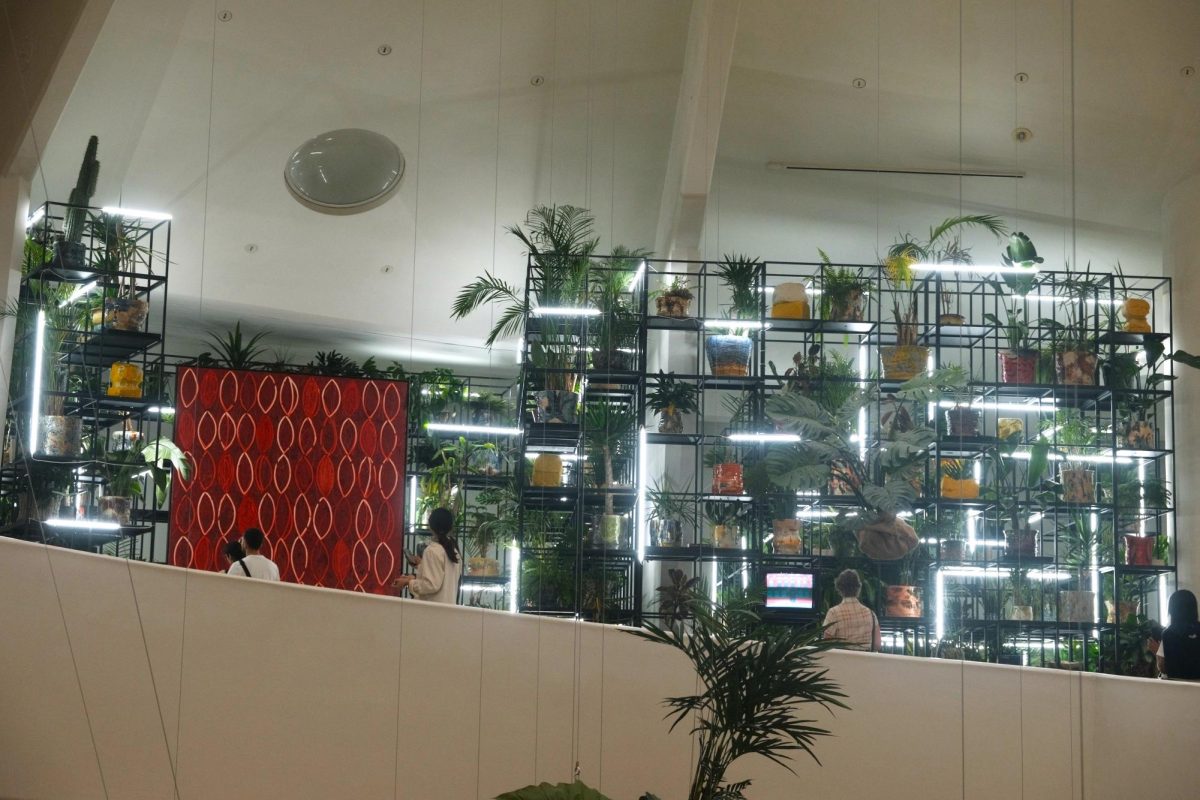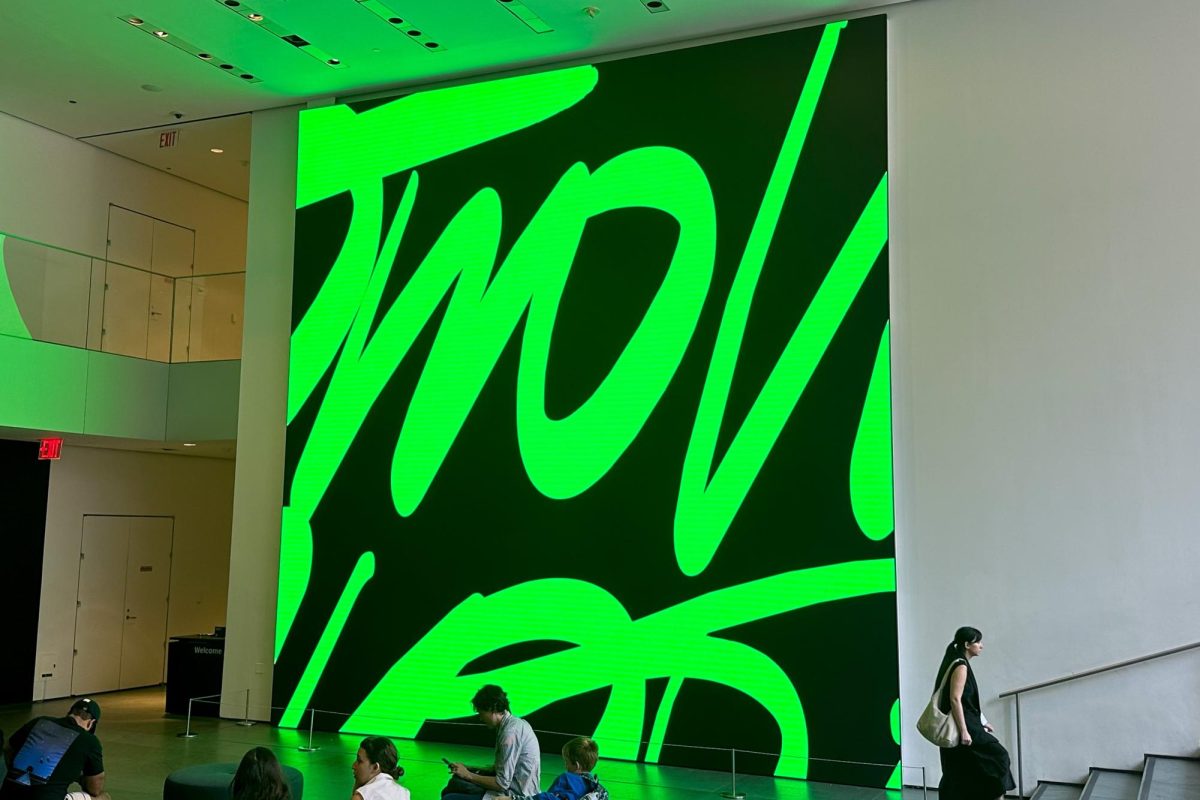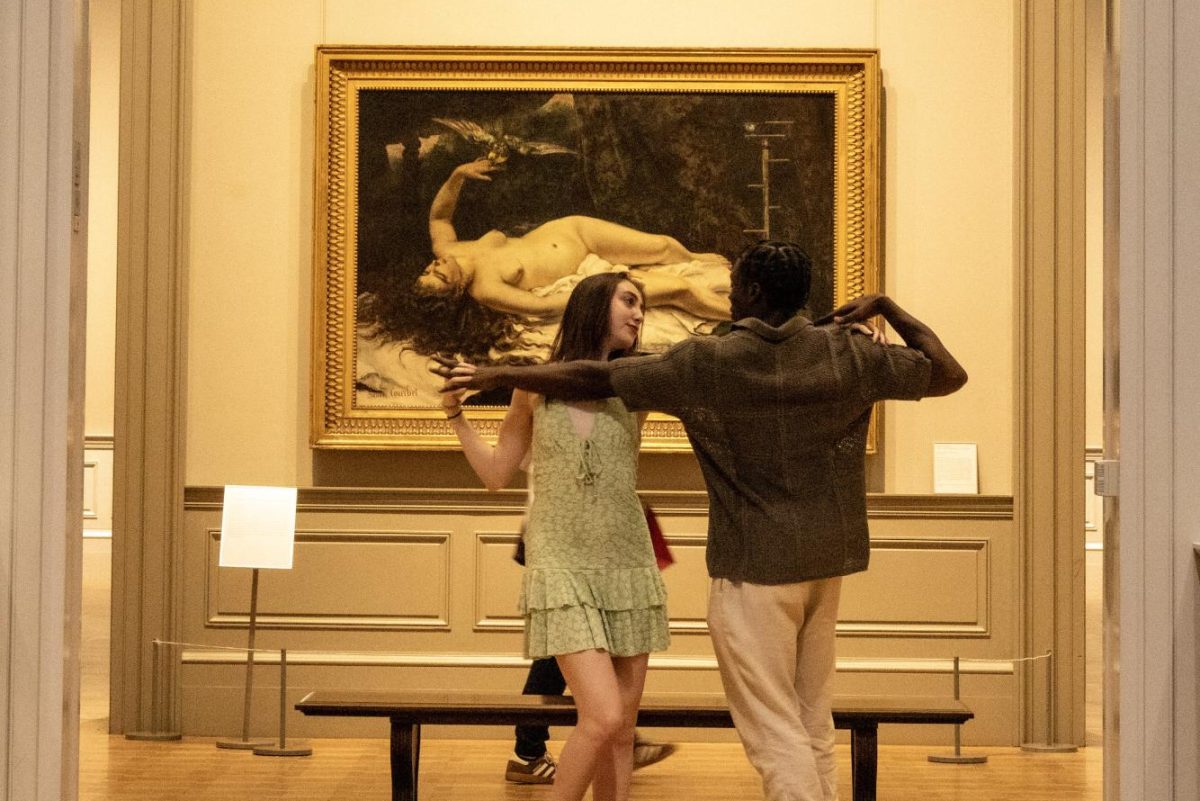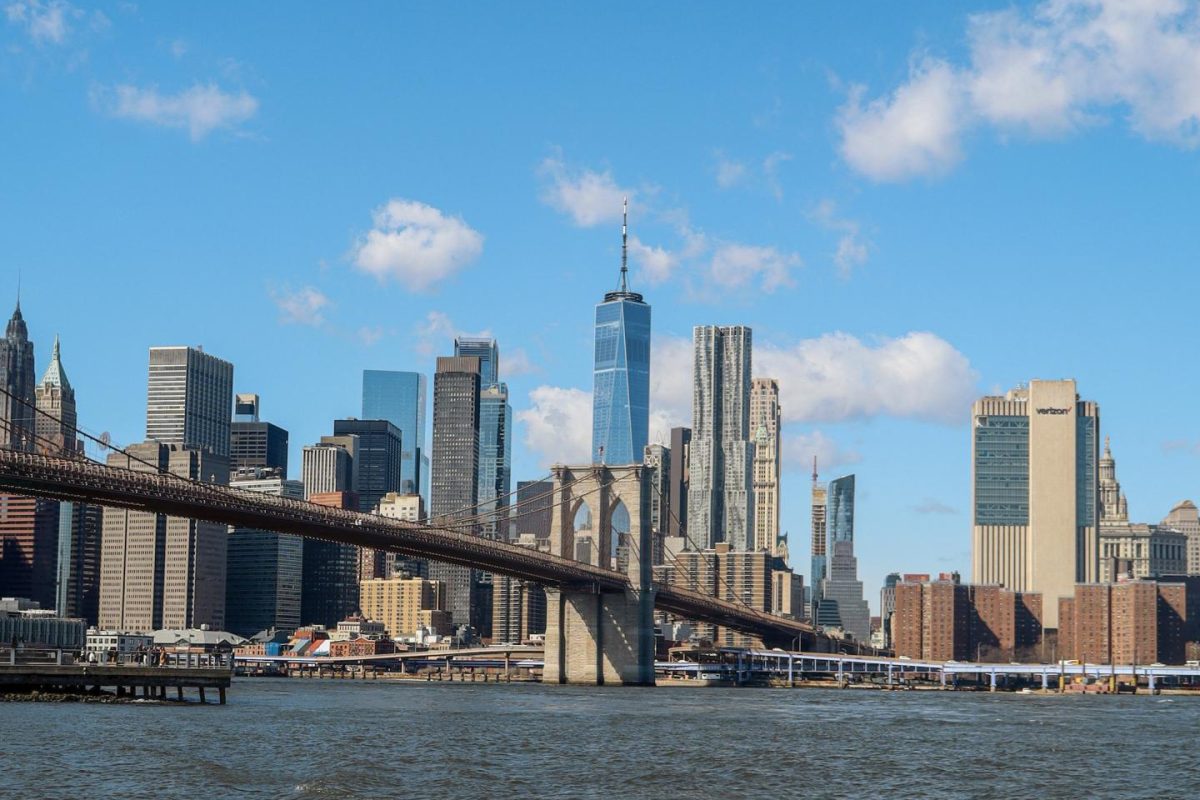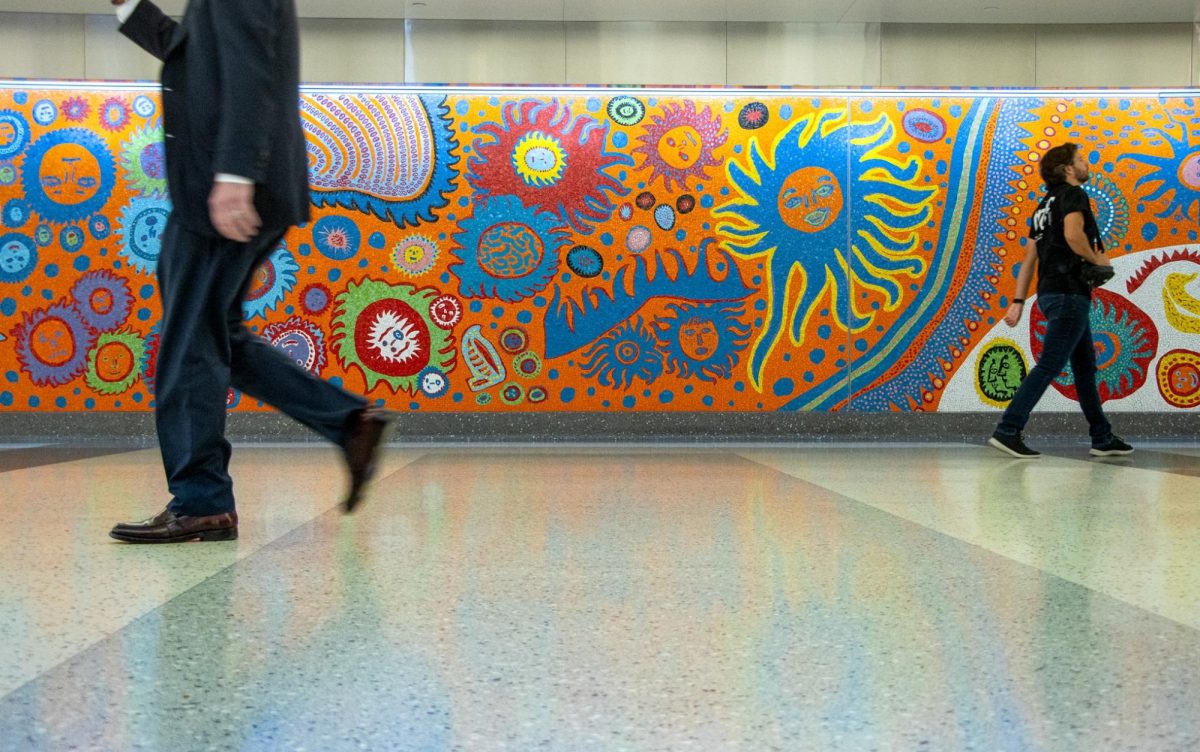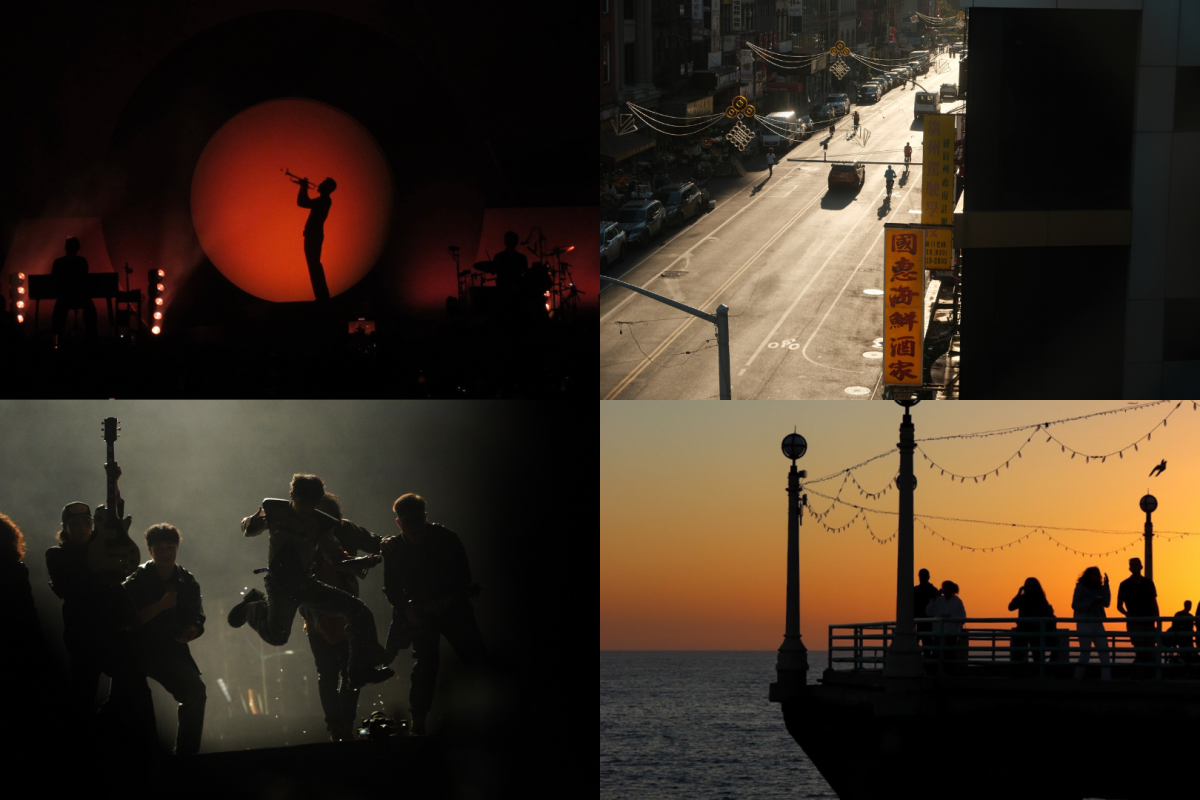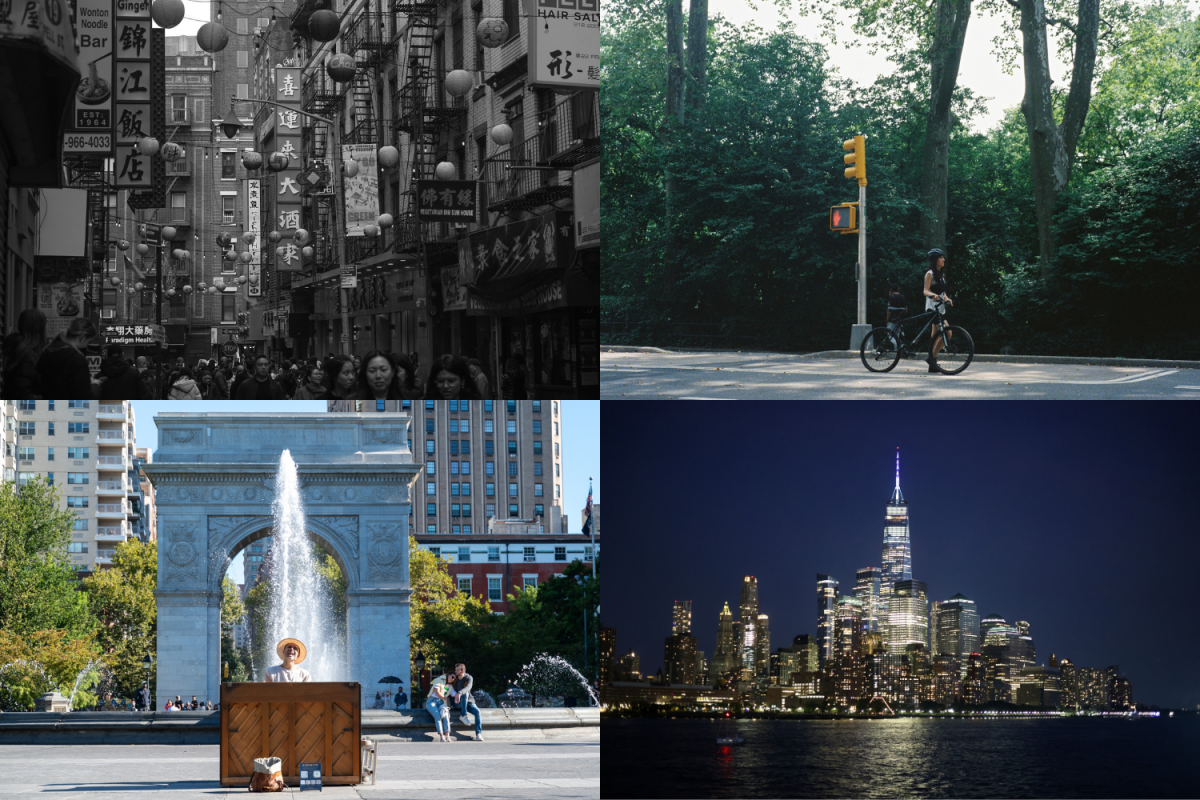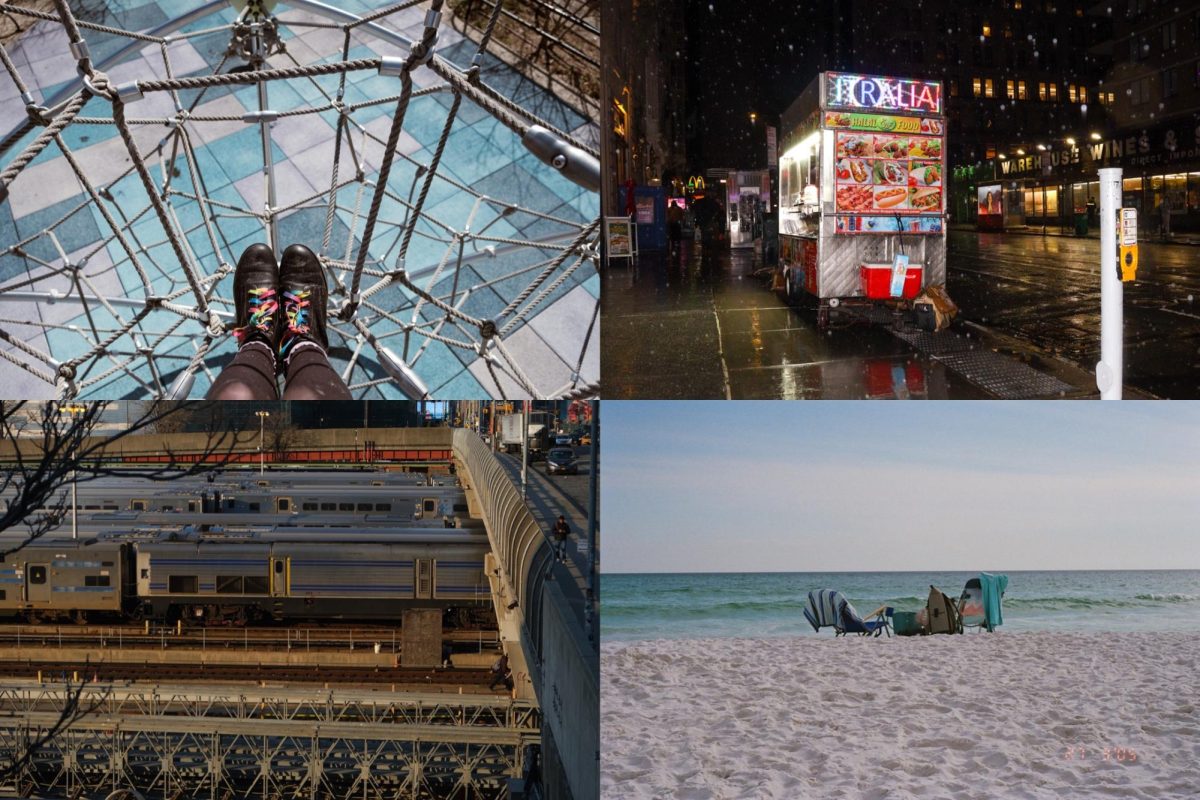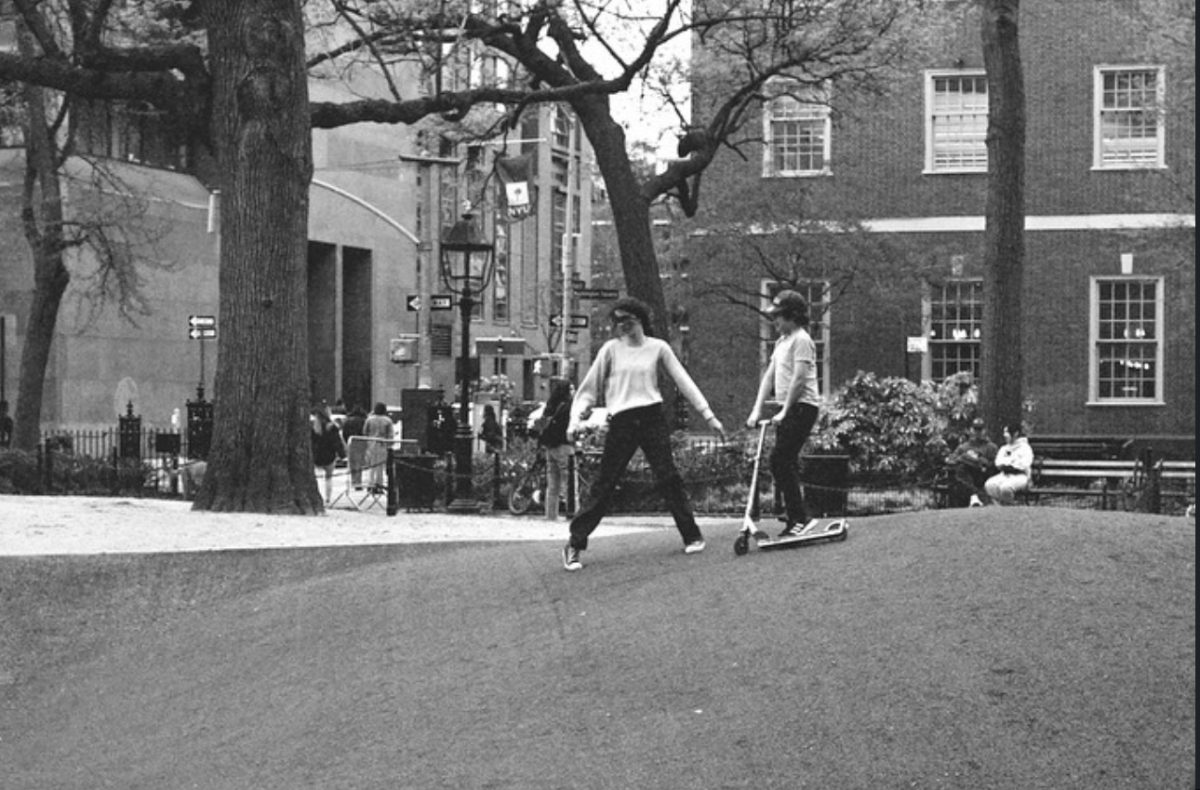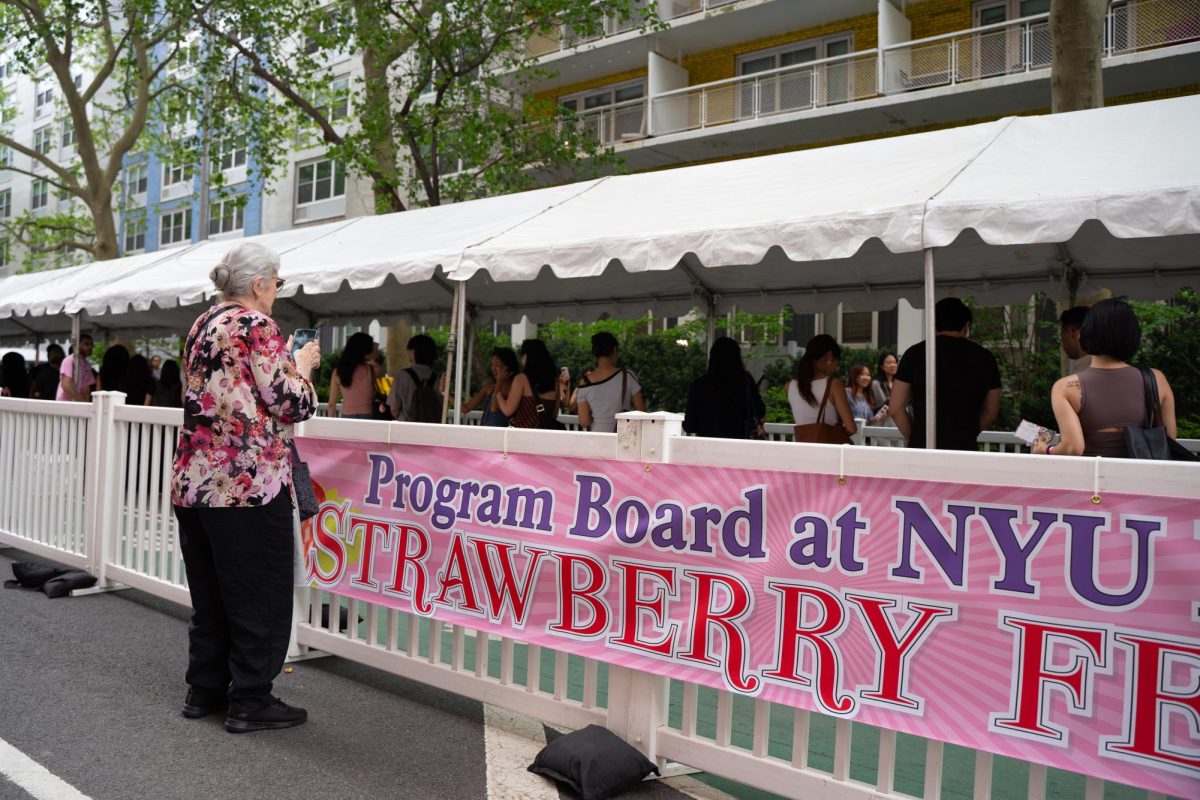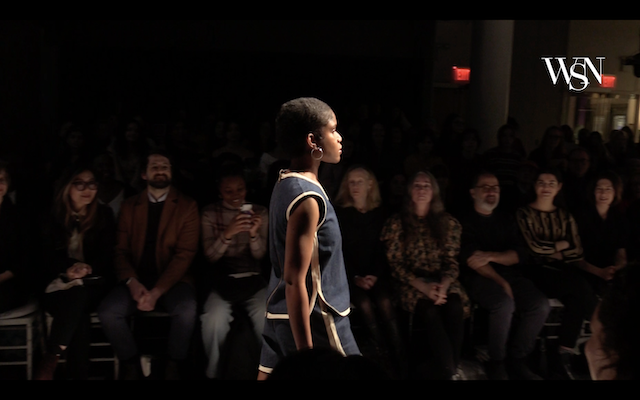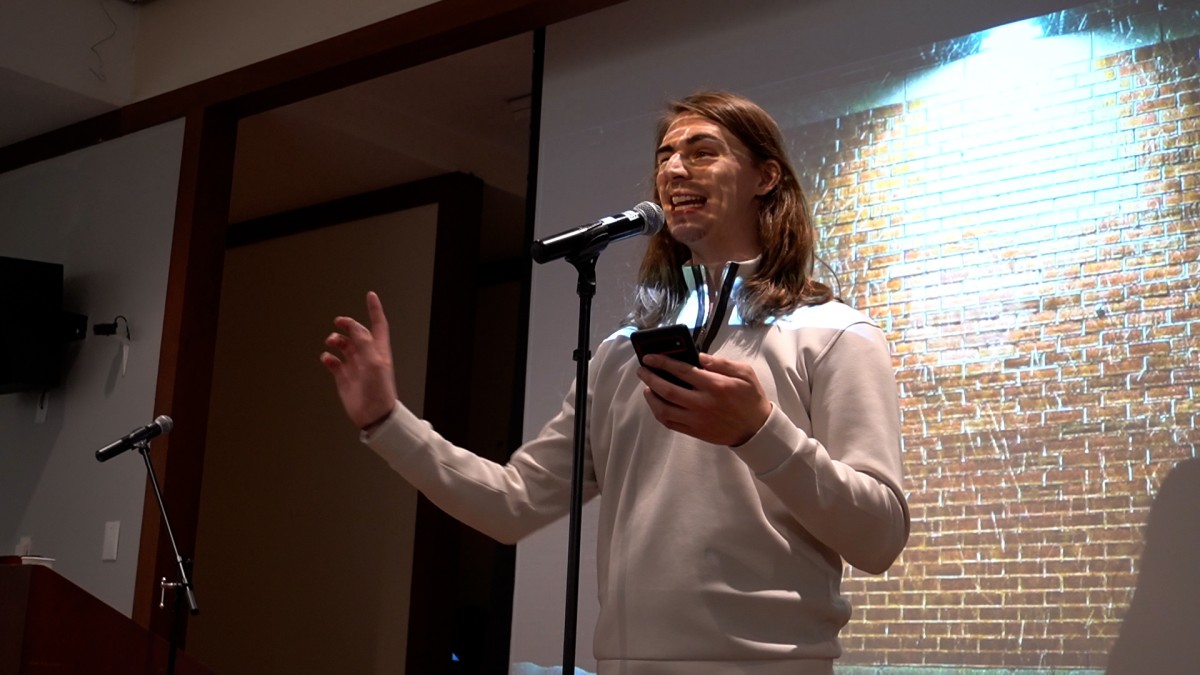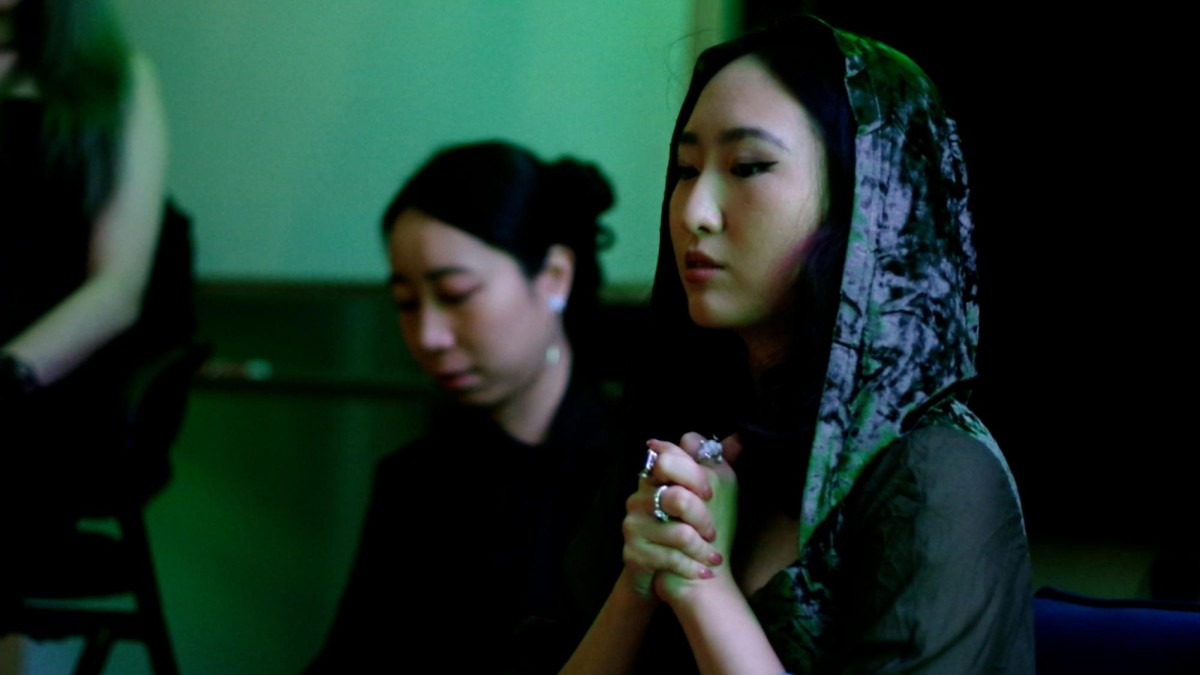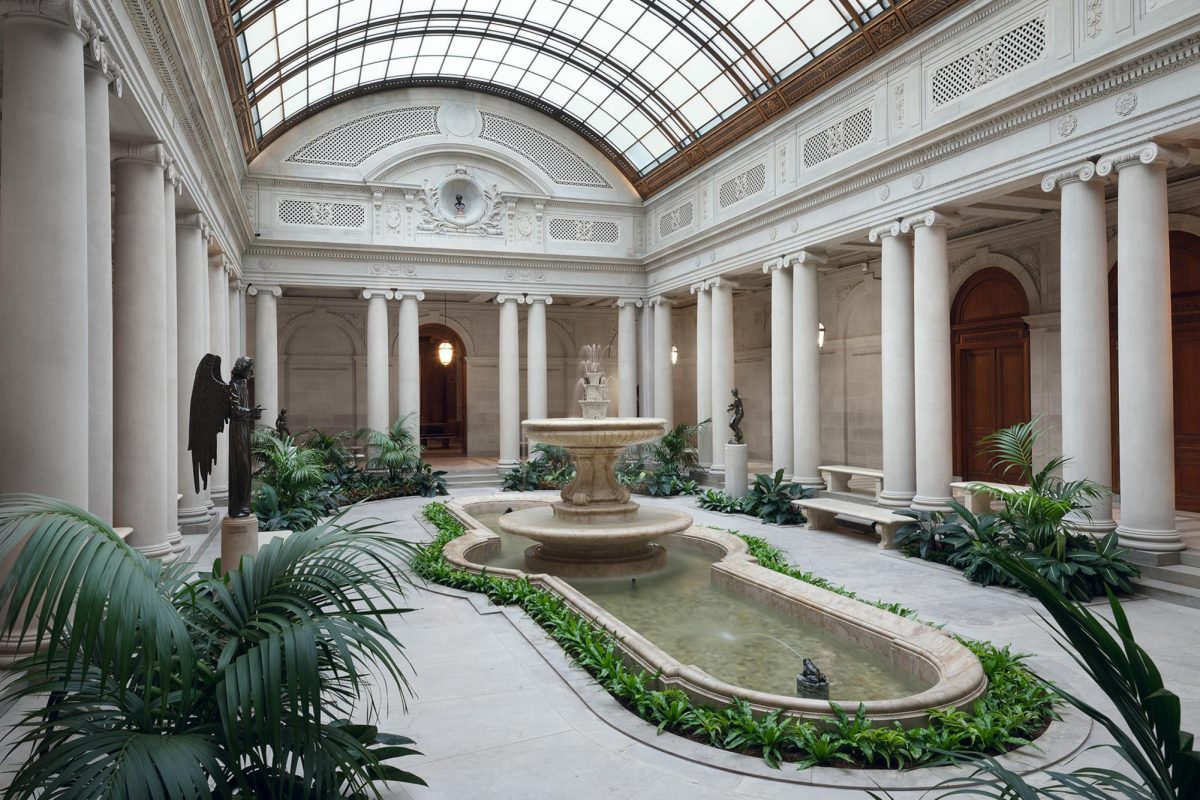Walking off East 70th Street and into the home of industrialist and art collector Henry Clay Frick feels like you are stepping back in time. The 19th-century mansion is the home of the Frick Collection, and, after five years of renovations that began in March 2020, the museum finally reopened to the public on April 17, 2025. Featuring the addition of second-floor galleries, a brand new exhibition space and restorations throughout the house — as well as other educational spaces and infrastructure-related updates — the renovations have given new life to the mansion and art collection.
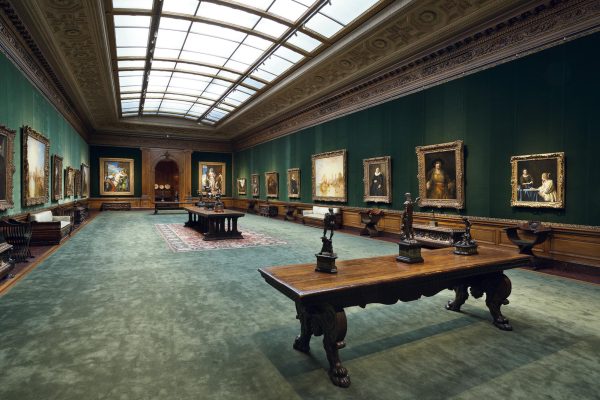
On the first floor, the West Gallery stands out, highlighting Frick’s passion for collecting and displaying art. The large, well-lit, rectangular room has been preserved as it was originally constructed in 1913 — with the exception of a 1930s renovation that added arched doorways — including even the Italian Renaissance furniture purchased in Frick’s lifetime. The five-year renovation restored the West Gallery’s ceiling and velvet green walls, the latter of which involved working with the original Lyon-based textile manufacturer to reweave the fabric based on the original 1914 silk.
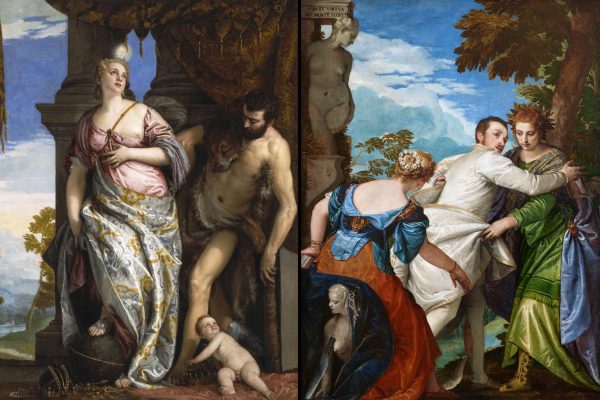
Beyond restoration efforts, the West Gallery features masterpieces of the collection, including Paolo Veronese’s 1565 “The Choice Between Virtue and Vice” and “Wisdom and Strength,” two seven-foot-tall allegorical canvases with monumental figures, rich fabrics and moral themes about the values of virtue and wisdom. Also on view are Rembrandt van Rijn’s 1658 “Self-Portrait” and Diego Velázquez’s 1644 “King Philip IV of Spain,” as well as works by Johannes Vermeer, El Greco and Francisco Goya, attesting to Frick’s eye for art at a time when Spanish and Dutch art was not as widely collected. The grandeur of the portraits display the wealth and opulence that defined the lives of the Frick family.
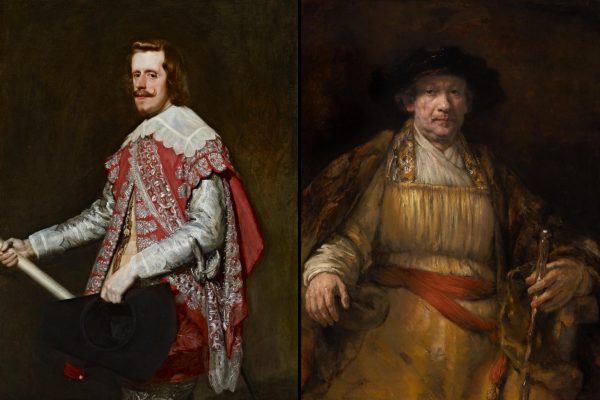
Many of the mansion’s rooms feel as though they are frozen in time. A personal favorite of mine is the library, where a posthumous portrait of Frick by John C. Johansen hangs above the fireplace and rows and rows of bookshelves wrap around the room. On these bookshelves are 25 volumes of none other than Giorgio Vasari’s “The Lives of Artists,” as well as books on artists like Rembrandt and Leonardo da Vinci, historical topics like the queens of Scotland and the Spanish conquest of the Americas, and material culture, such as John K. Mumford’s “Oriental Rugs.” With the era-specific decor, the hundreds of books in the library gallery emphasize Frick’s avid scholarly interest in art, history and other subjects, adding depth and character to this particular room.

The second floor, one of the primary additions to the reopened mansion, includes 10 new permanent collection gallery spaces that first served as the Frick family’s private living area and then as administrative offices following the museum’s opening in 1935. Two rooms on the second floor appear as they did during the Frick family’s lifetime — the Breakfast Room and the Boucher Room — providing insight into the private lives of the home’s original owners. The latter is named for the eight painted panels by French painter François Boucher that adorn the walls, while in the Breakfast Room hang mid-to-late 19th-century French landscapes that carry an early-morning tranquility. The artworks on this floor are less monumental than those on the ground floor and, along with the lower ceilings and smaller rooms, lend a more intimate environment to the upstairs galleries and highlight how the Fricks lived day-to-day.
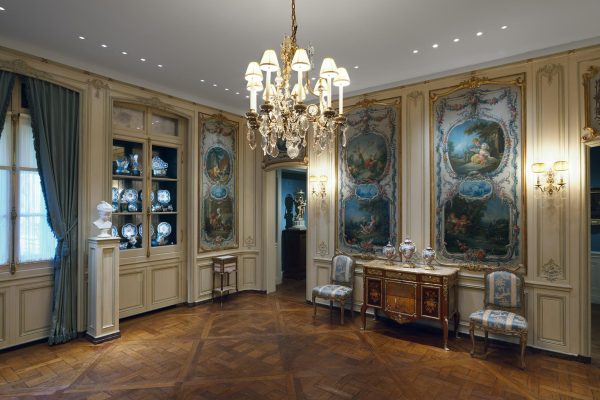
In the five years since the start of renovations, the Frick Collection temporarily relocated some of its holdings to the Frick Madison in the Breuer Building, which was previously the location of the Whitney Museum of American Art. The modern, brutalist architecture offered a new space for viewing the museum’s most famous works, as the early modern curation juxtaposed the architecture and placed pieces near each other that are not displayed together in the Frick House. But seeing the collection largely as it was arranged during Frick’s lifetime offers a lived context that the Breuer could not, creating the sense that the collection has returned to its proper home. The renovations, from the West Gallery’s rewoven walls to the library bookshelves to the upstairs galleries’ private, cloistered environment, have brought both the art and lives of the Frick family to the present, immersing visitors in the collection and its history.
The Frick Collection is open Wednesday through Sunday, and NYU students receive free admission. Advanced timed tickets are required.
Contact Katherine Welander at [email protected].

